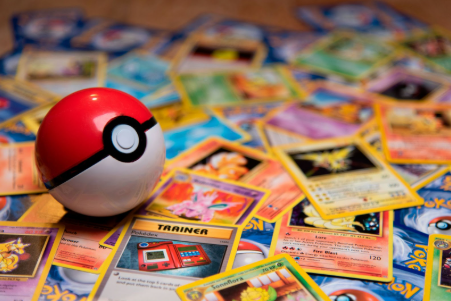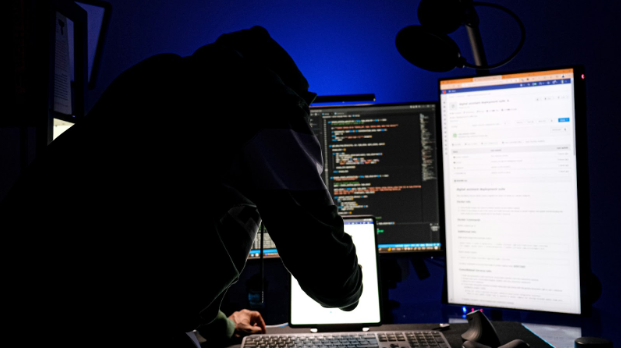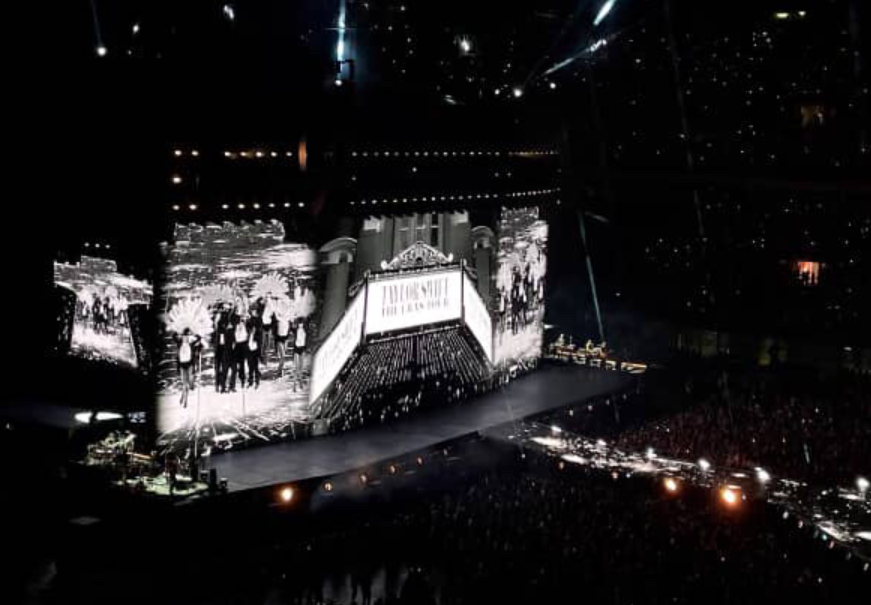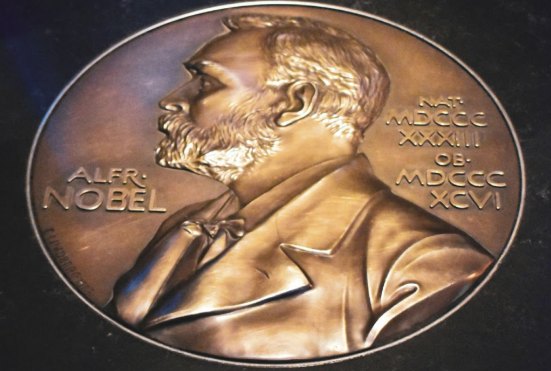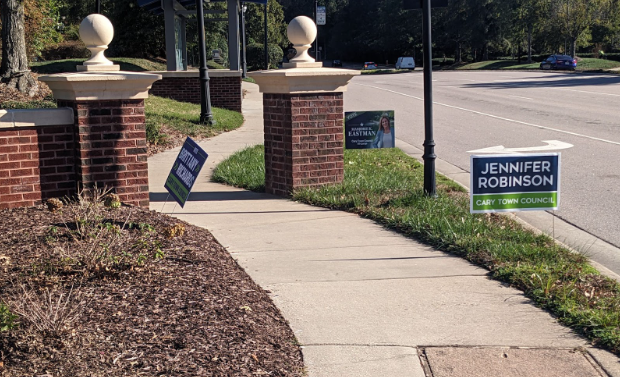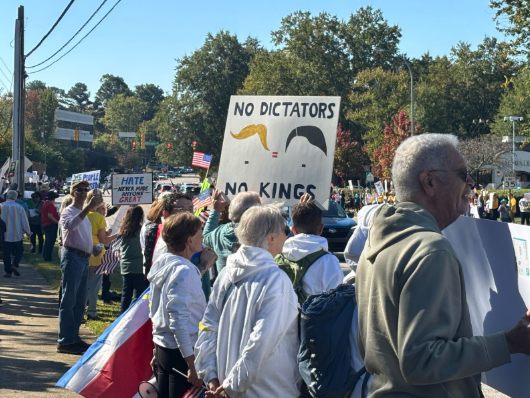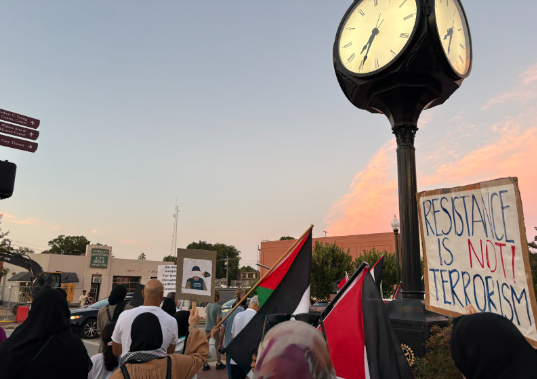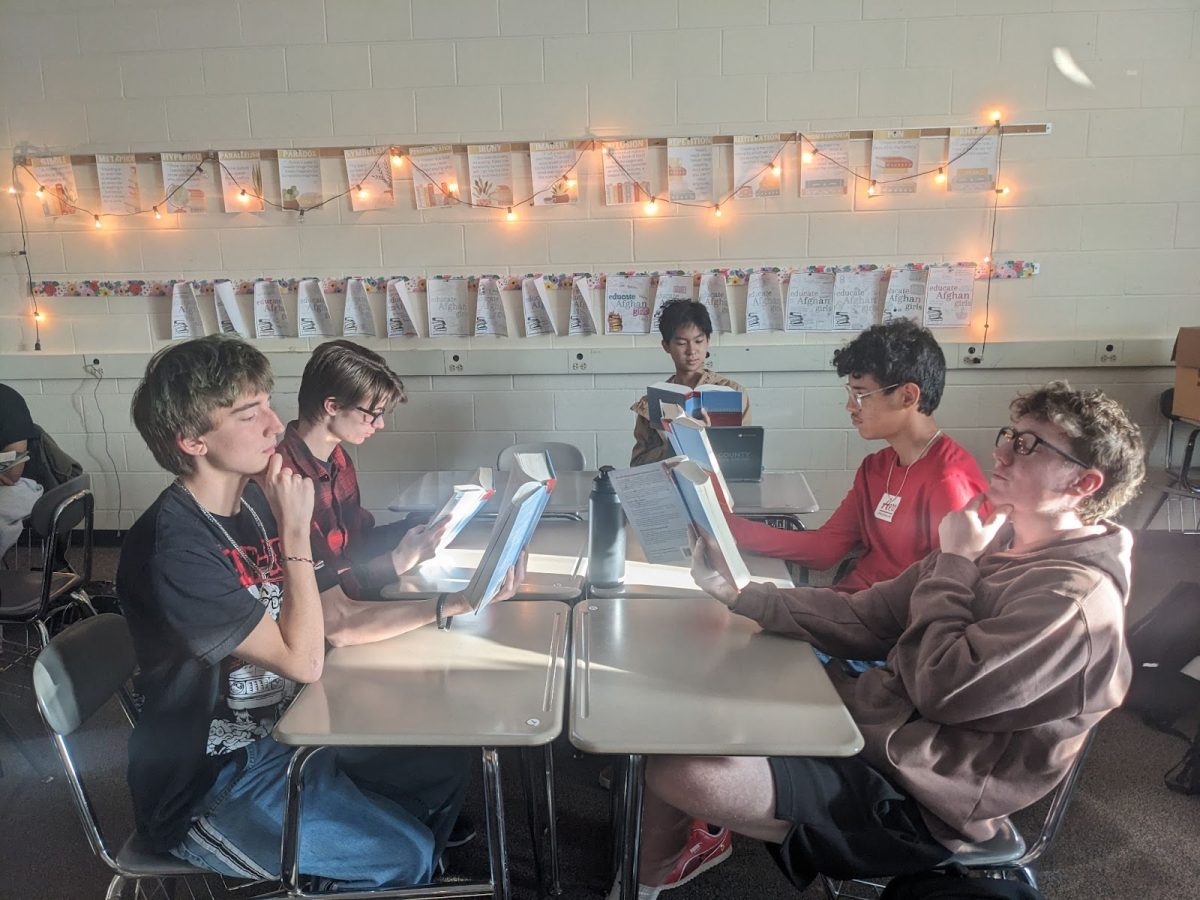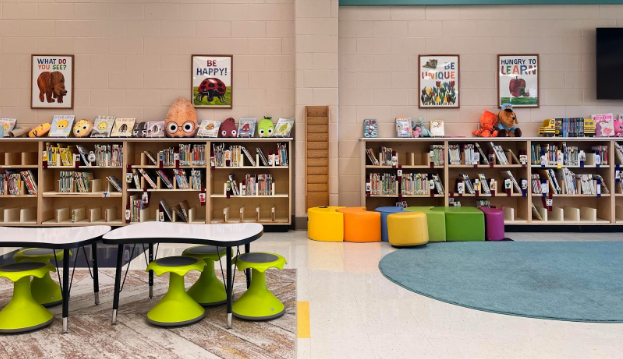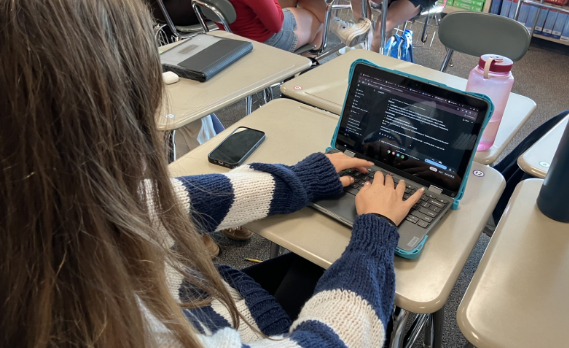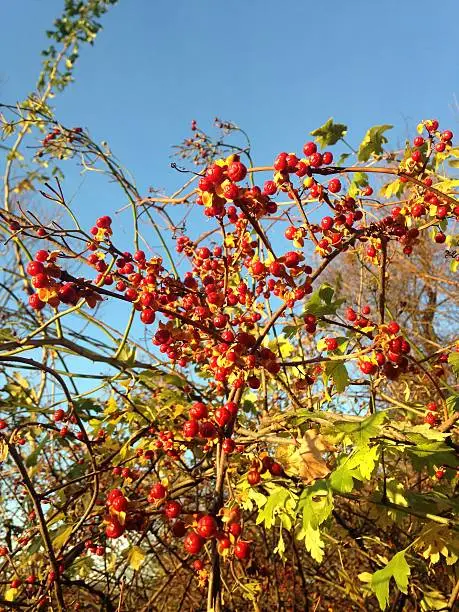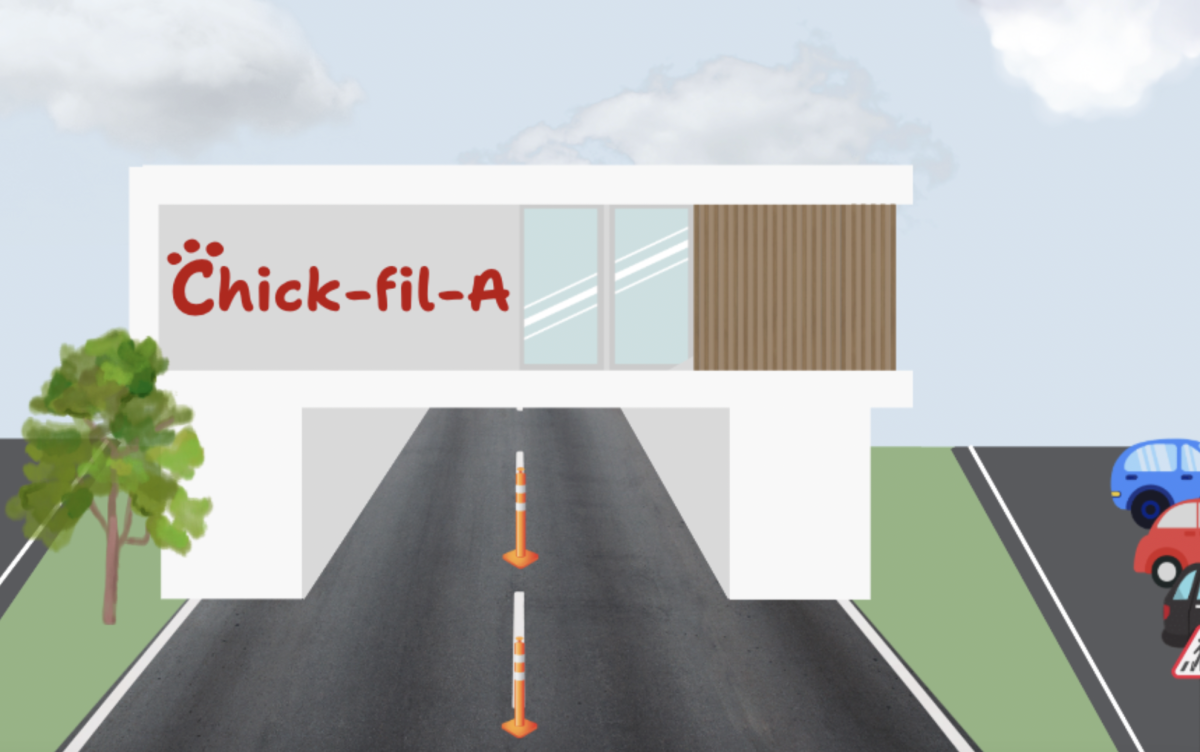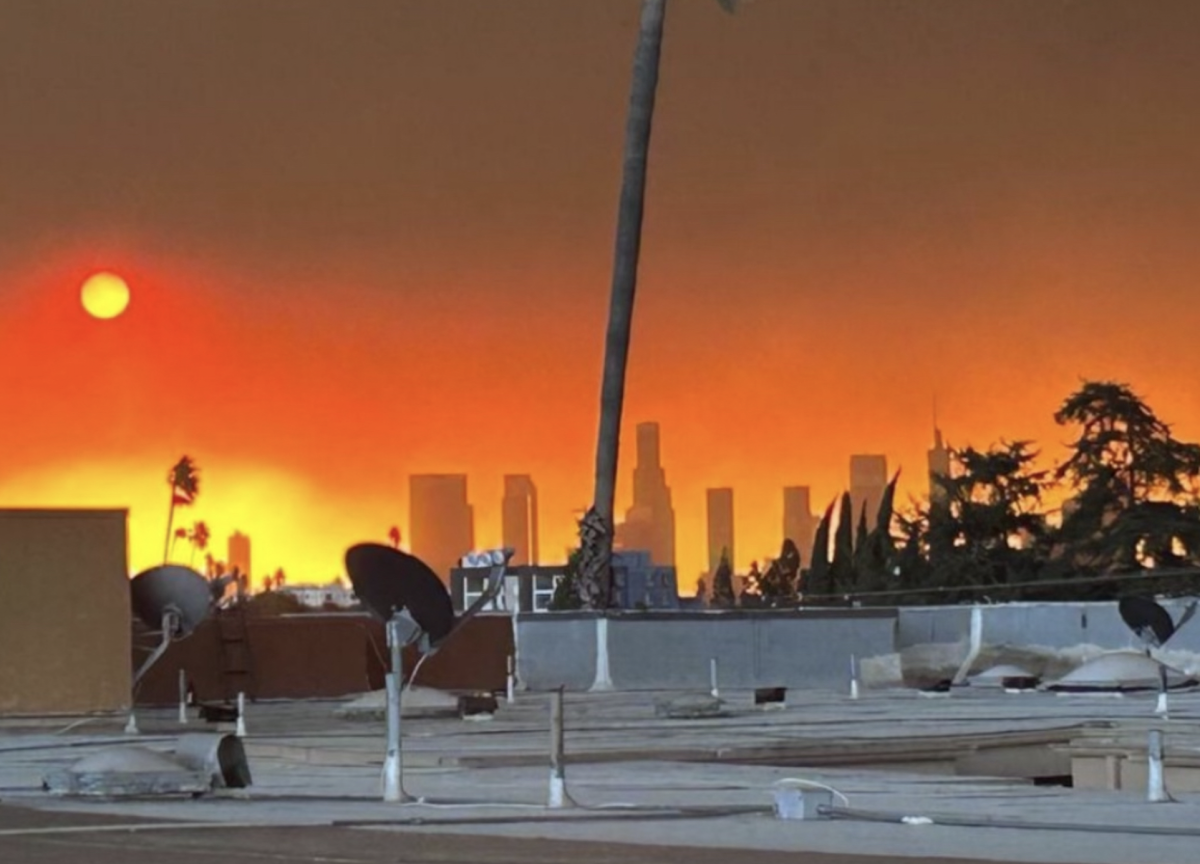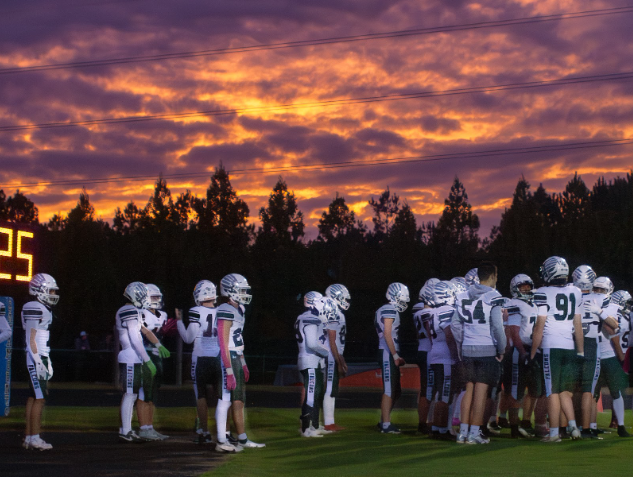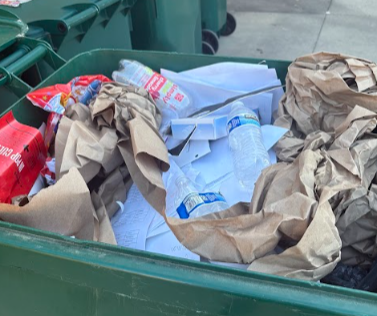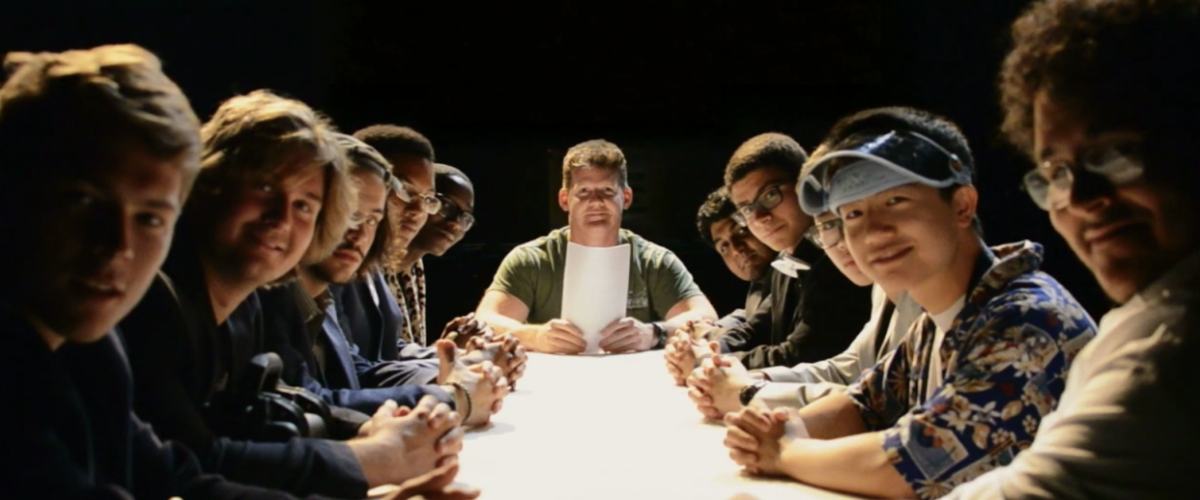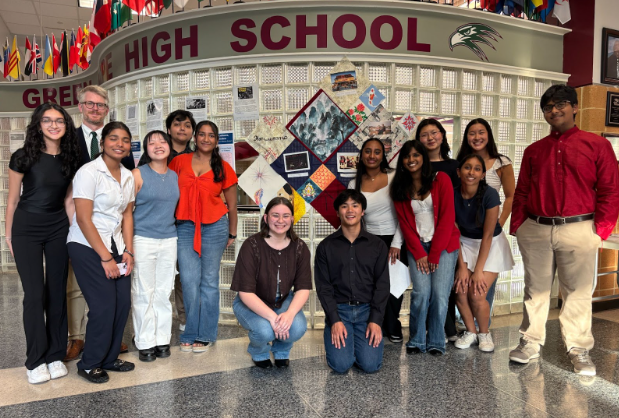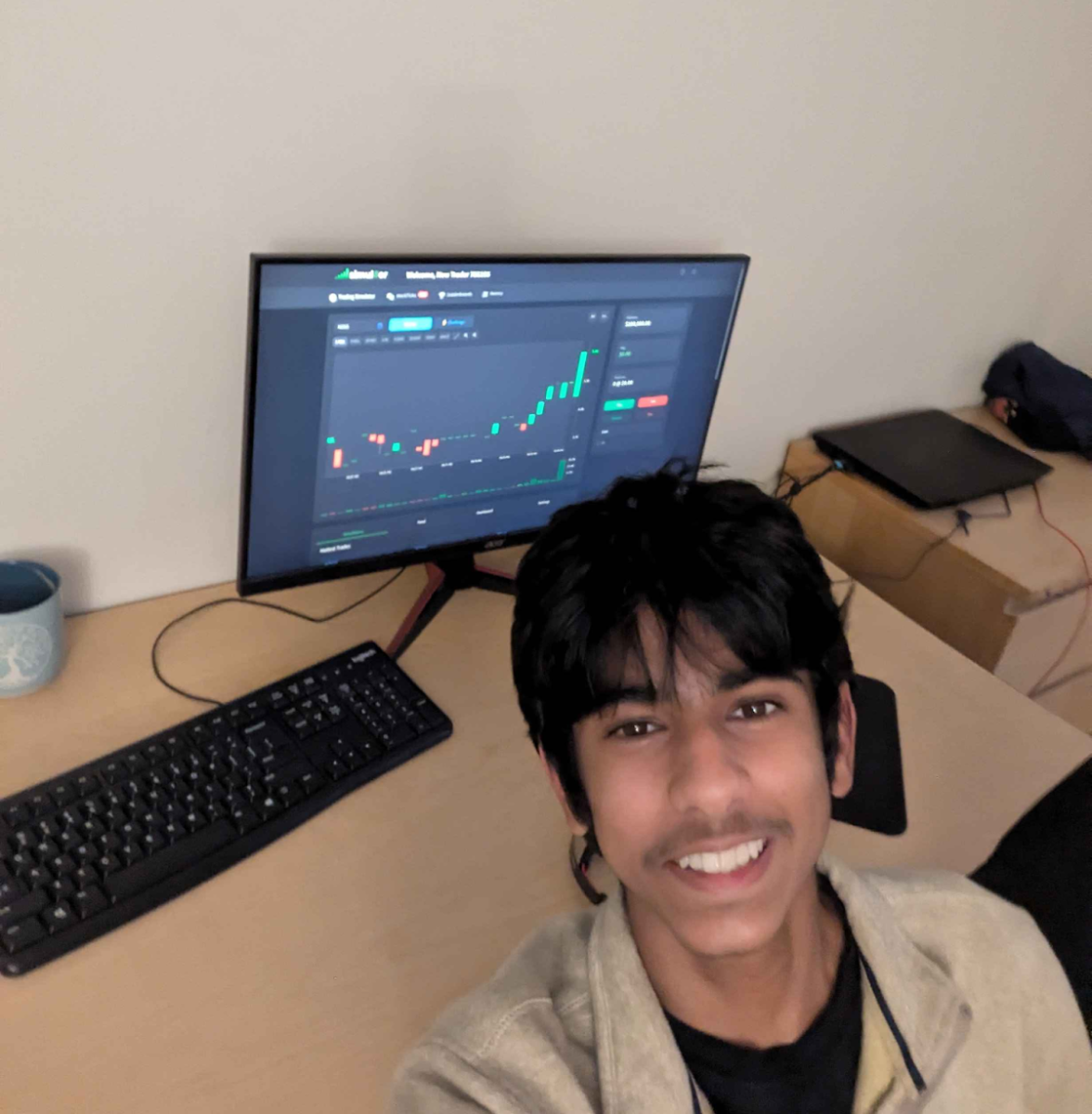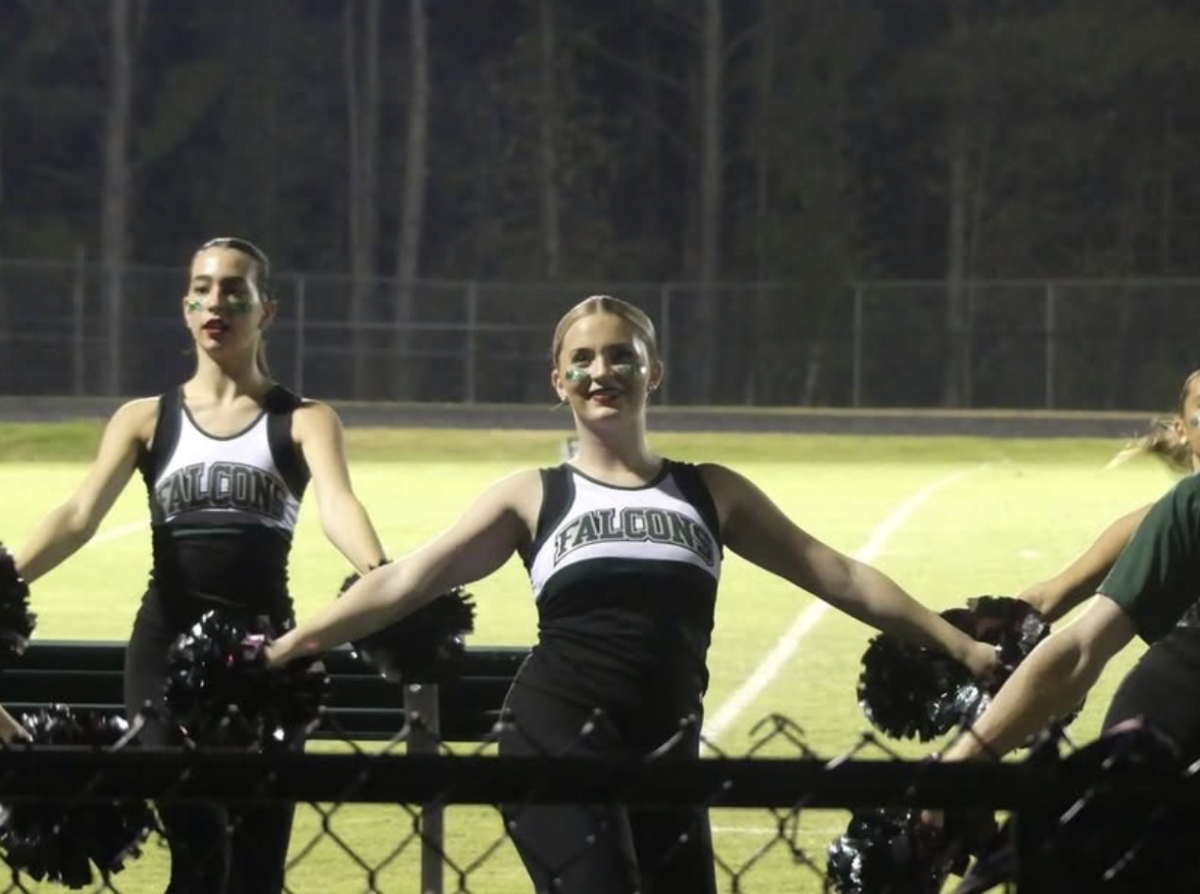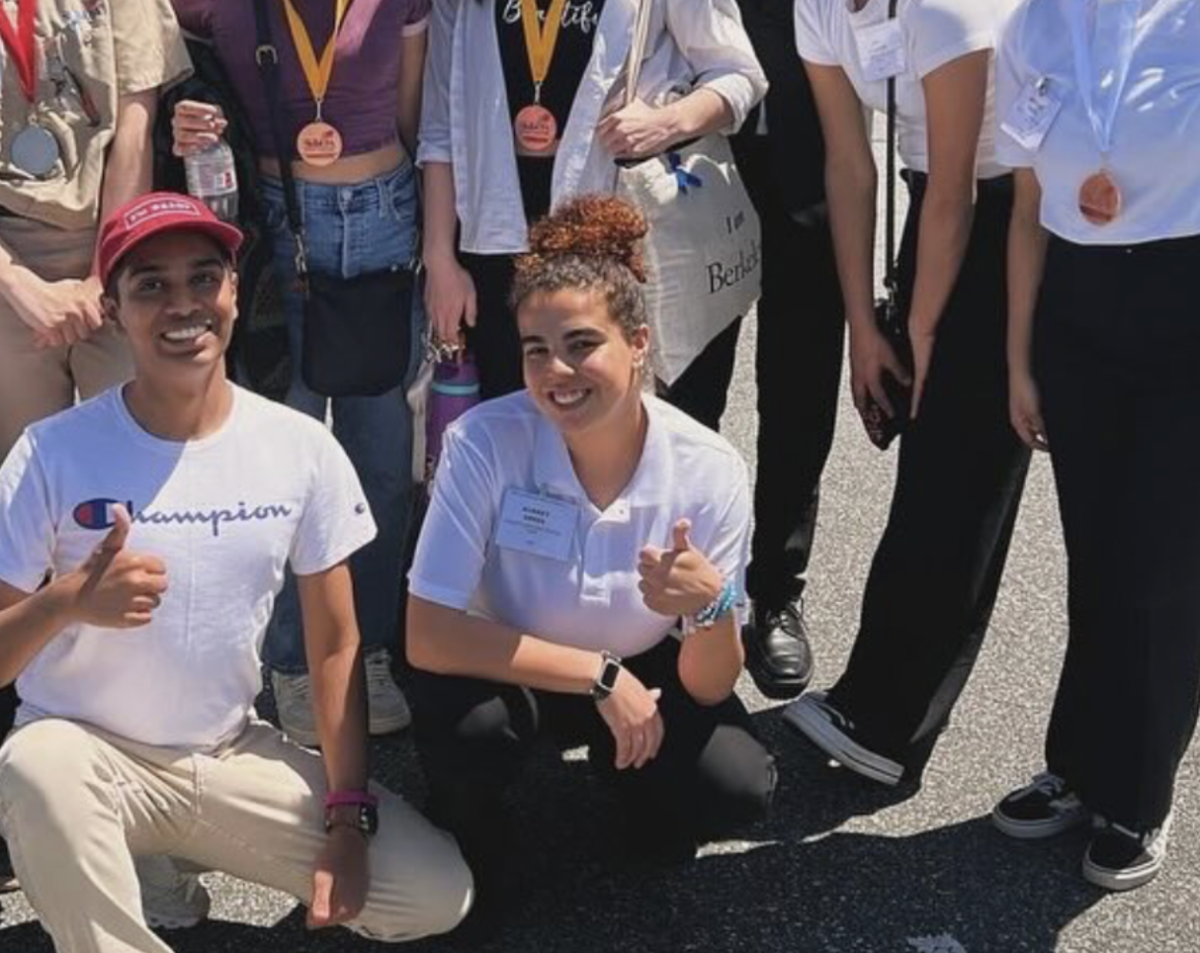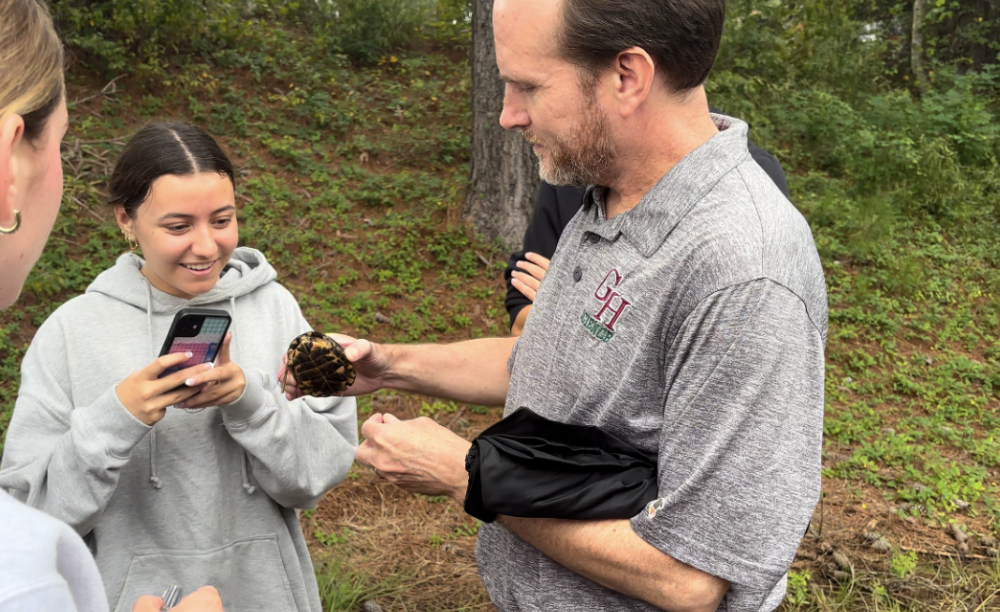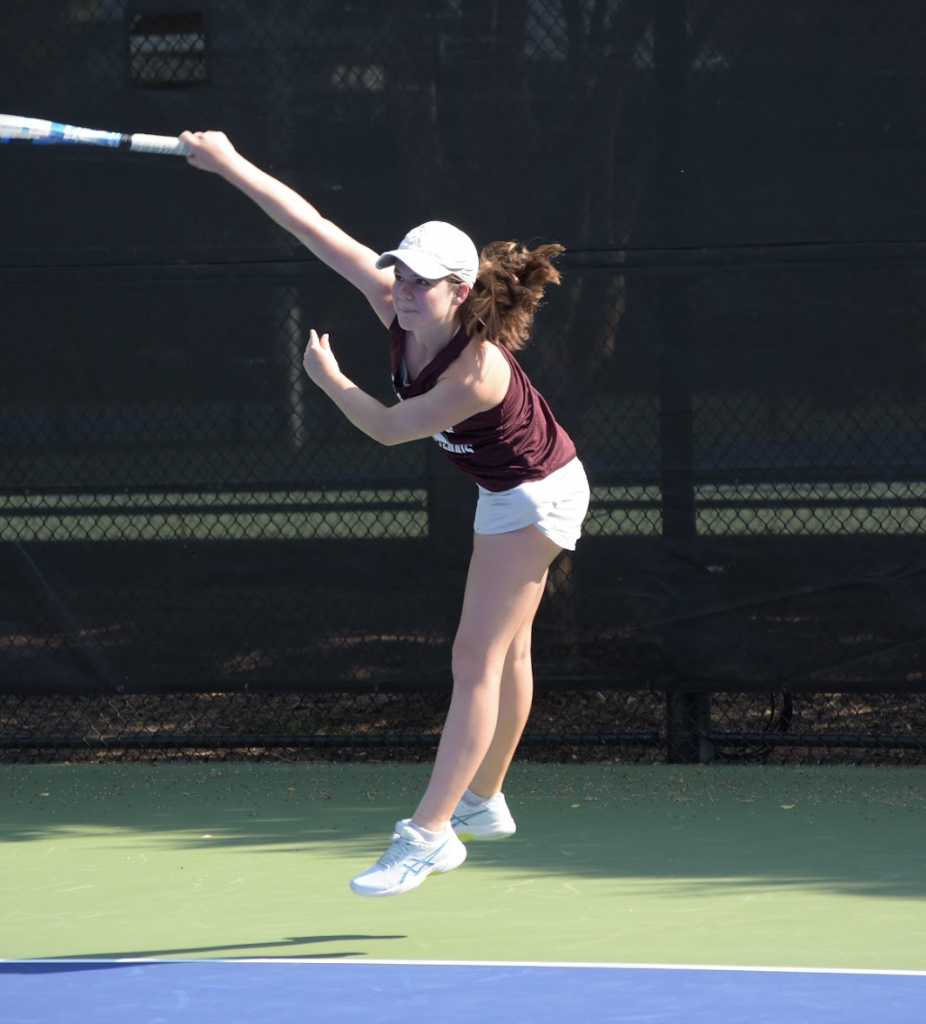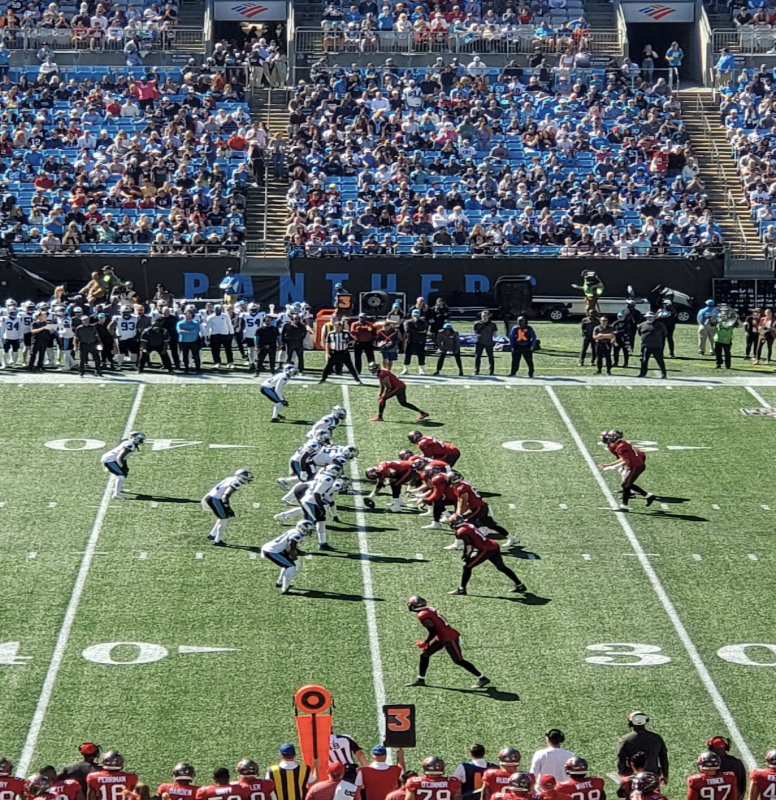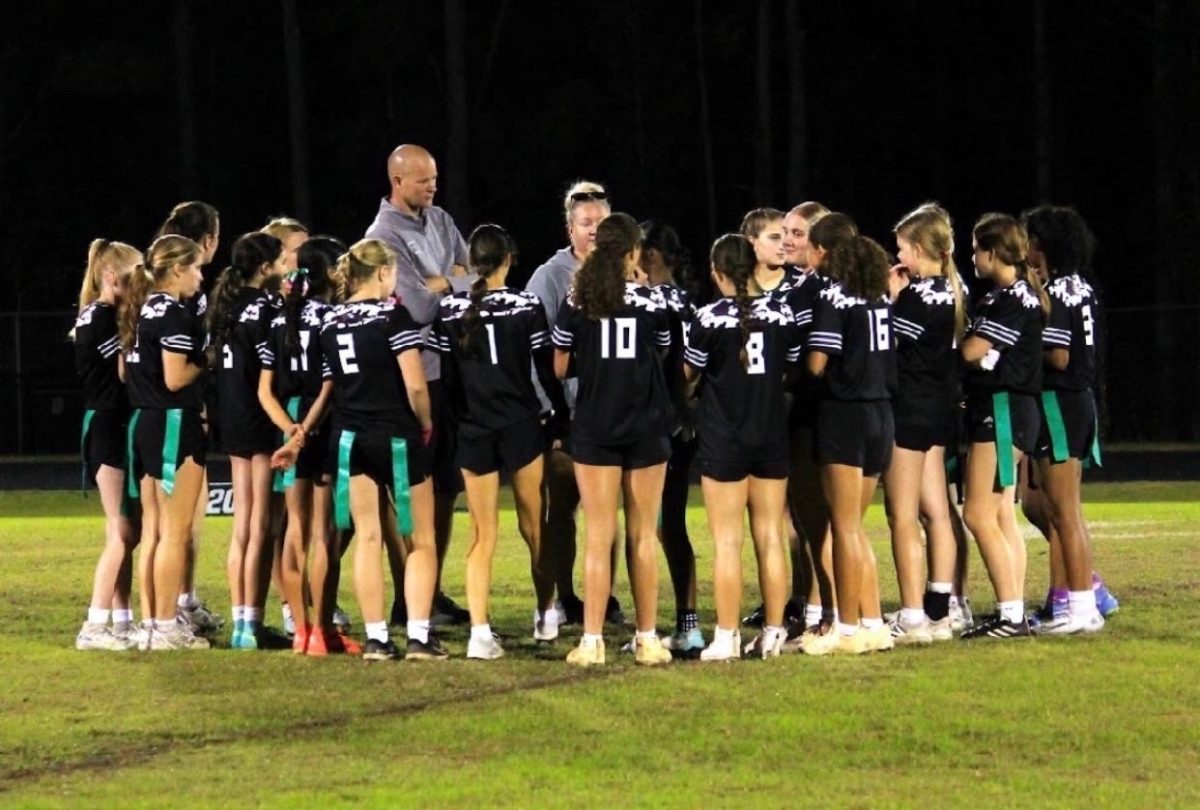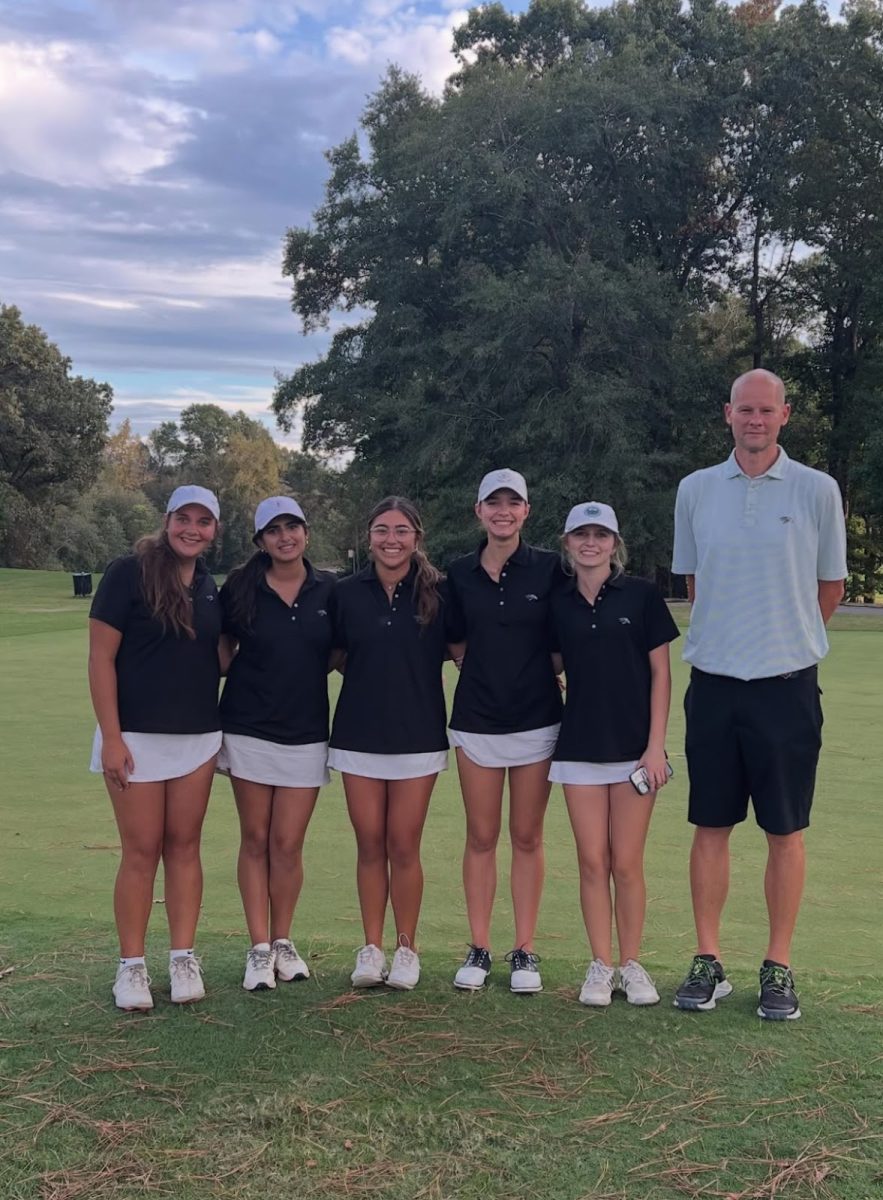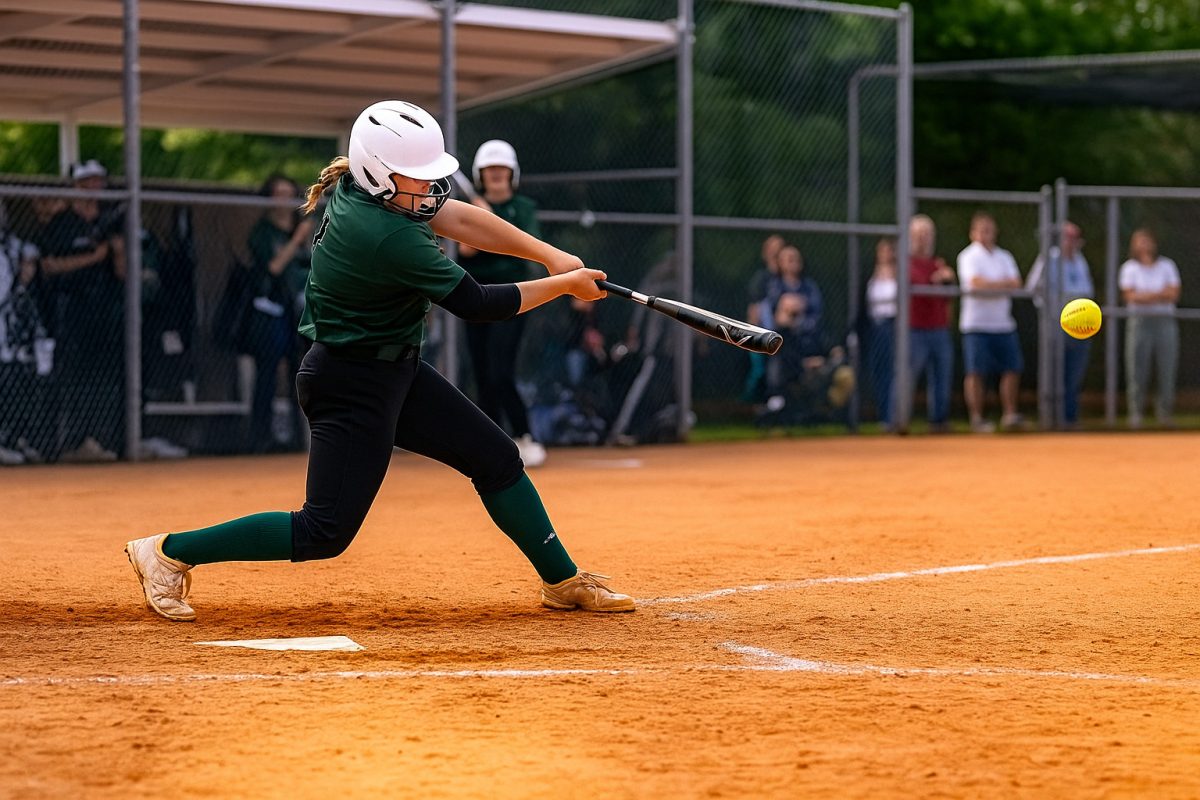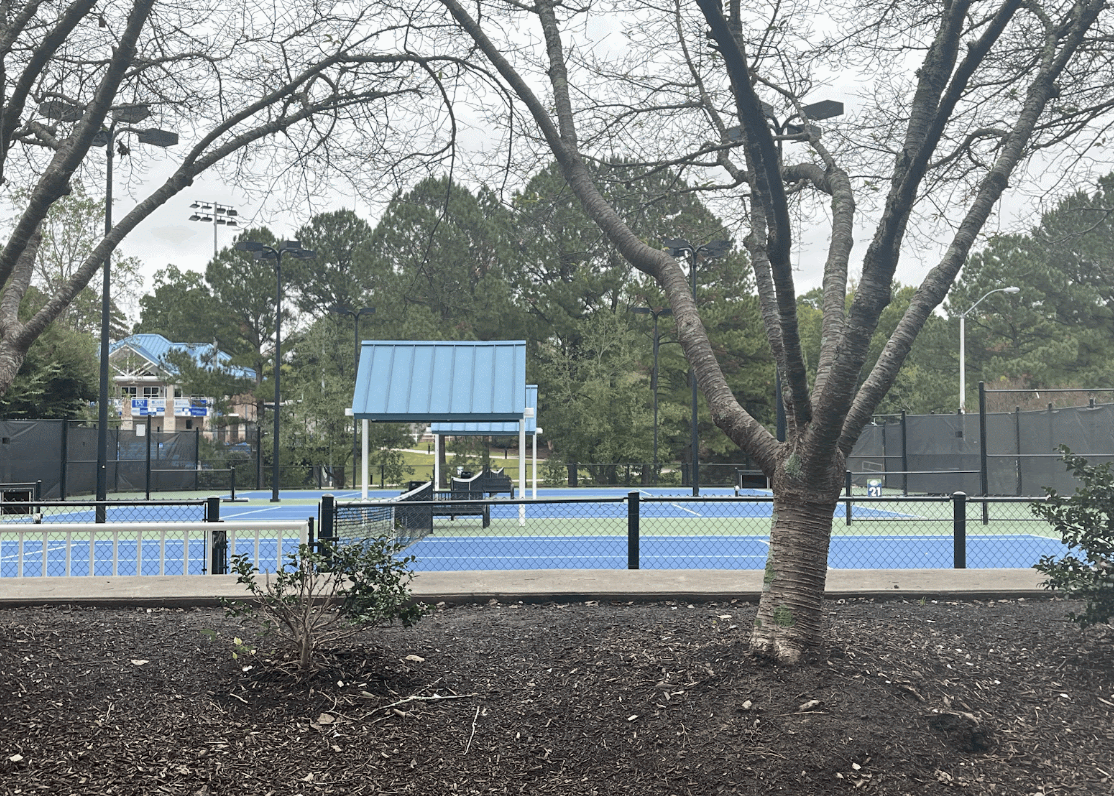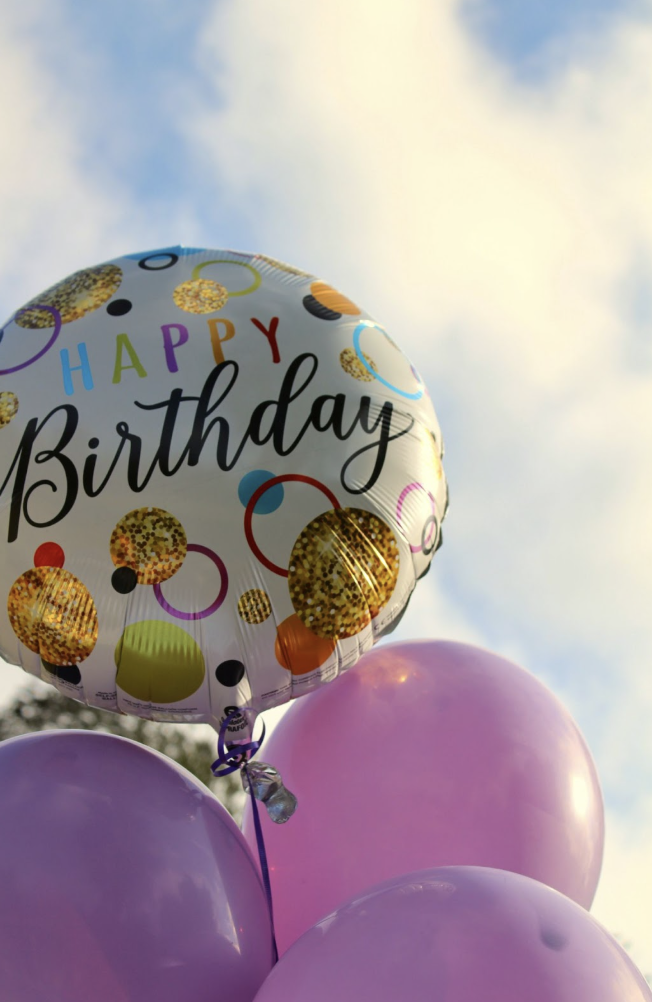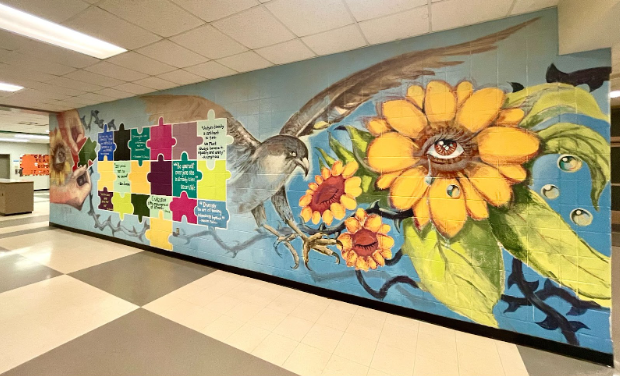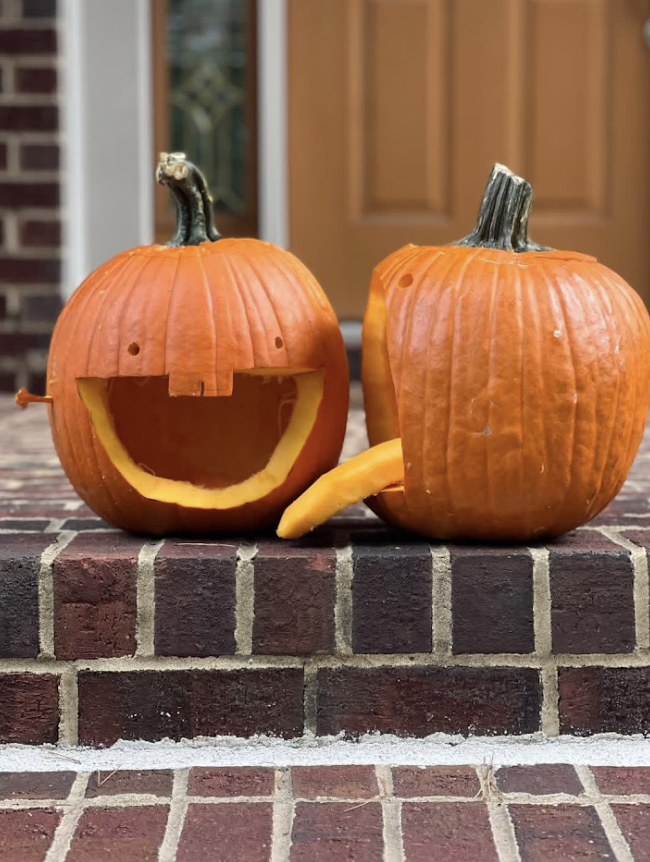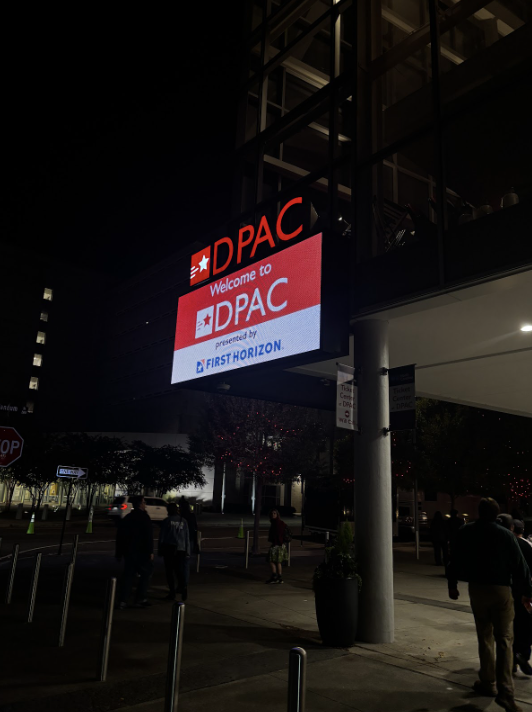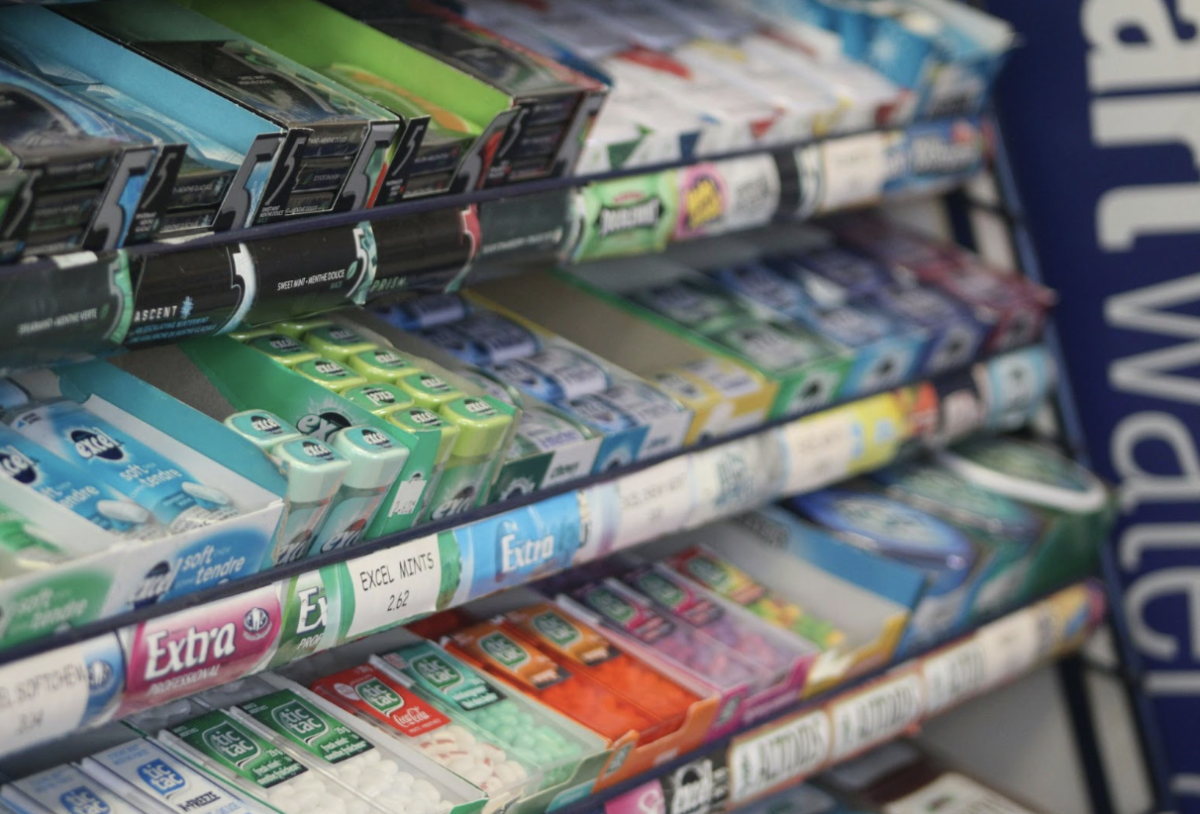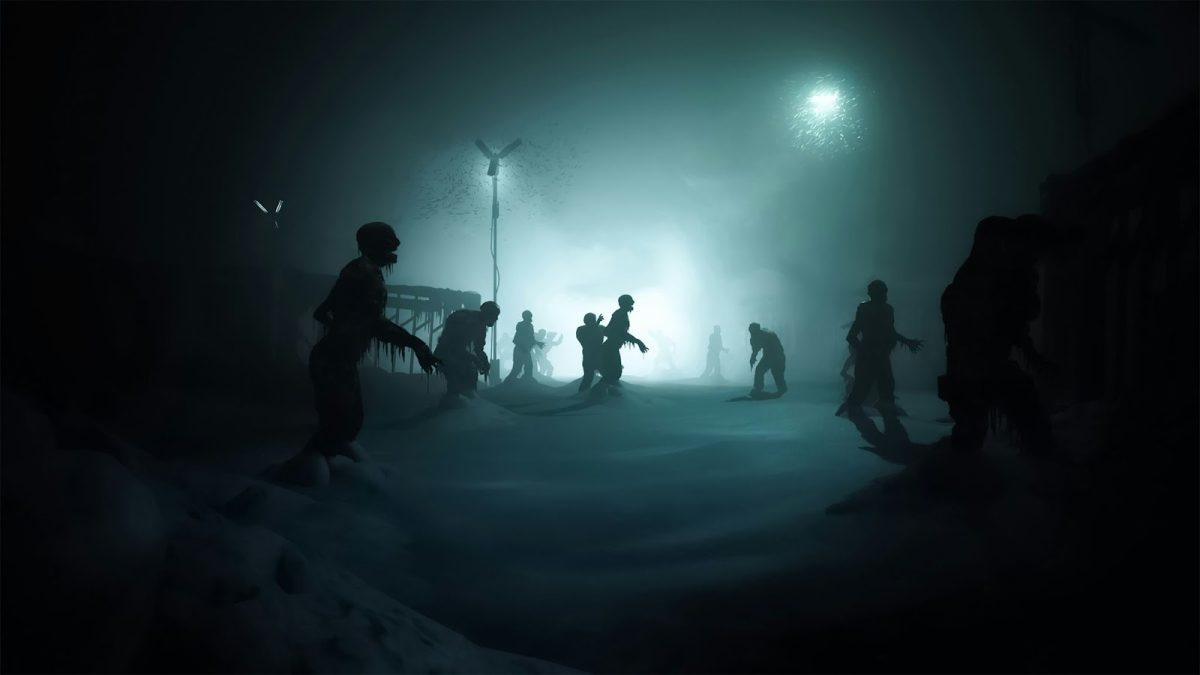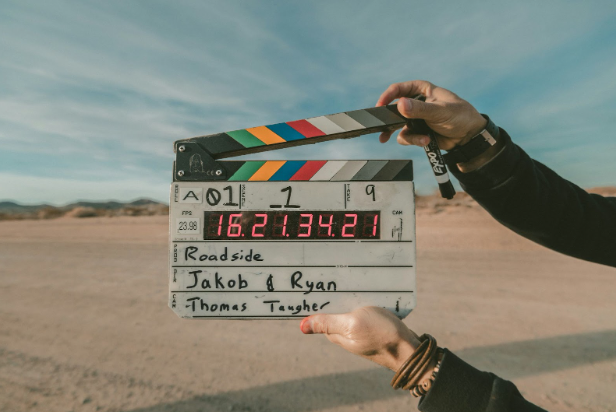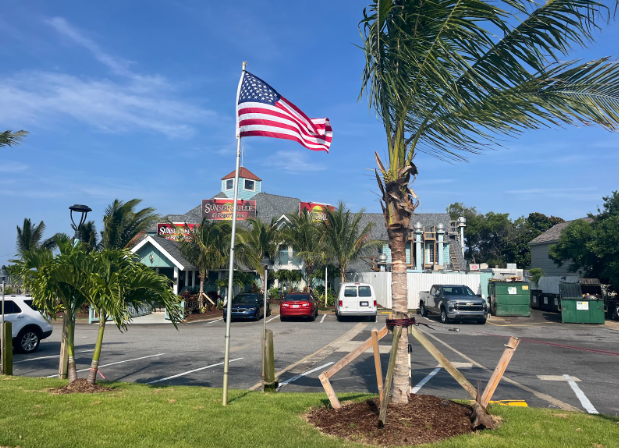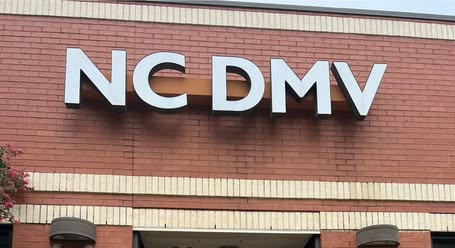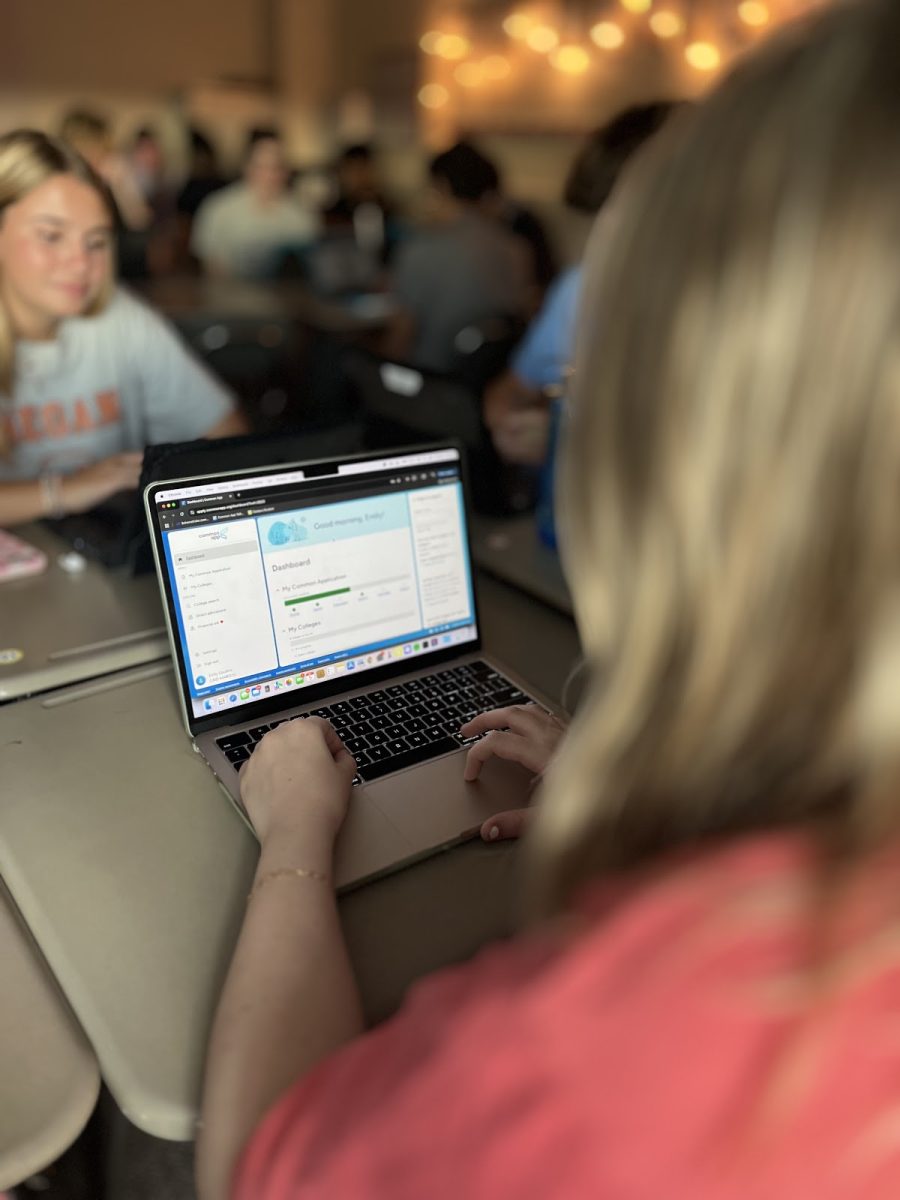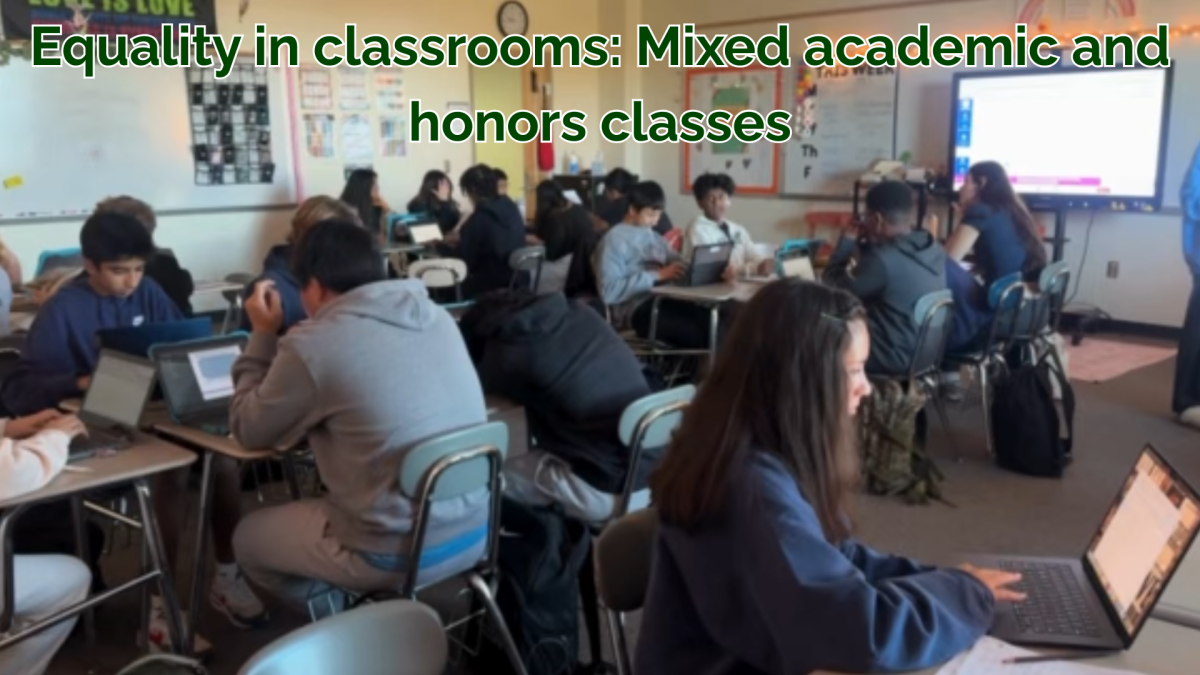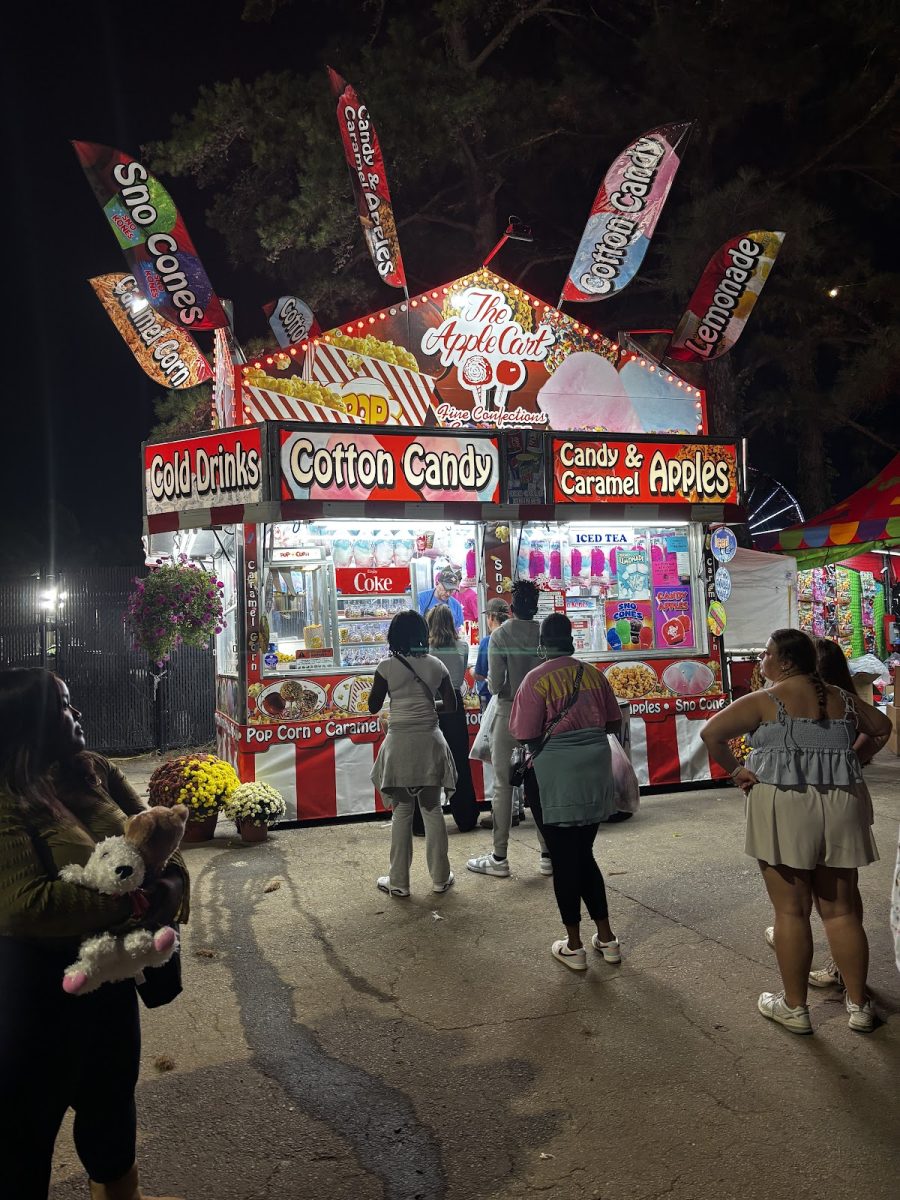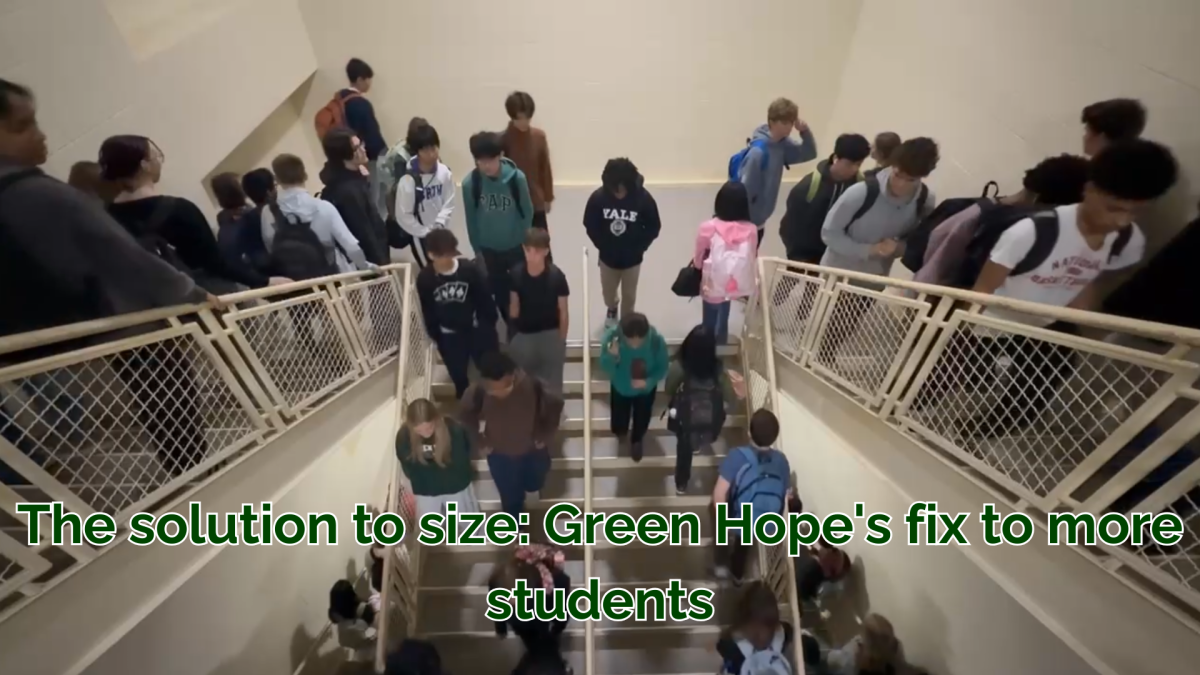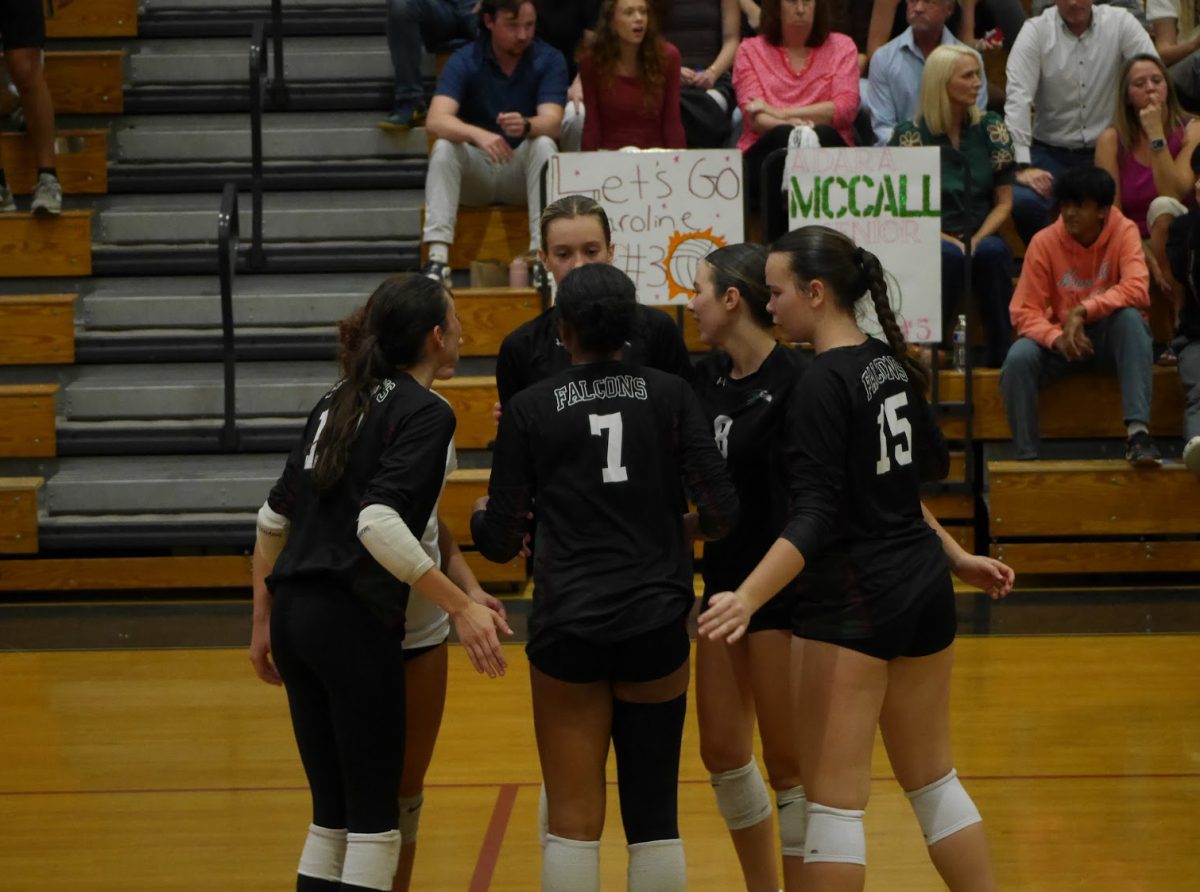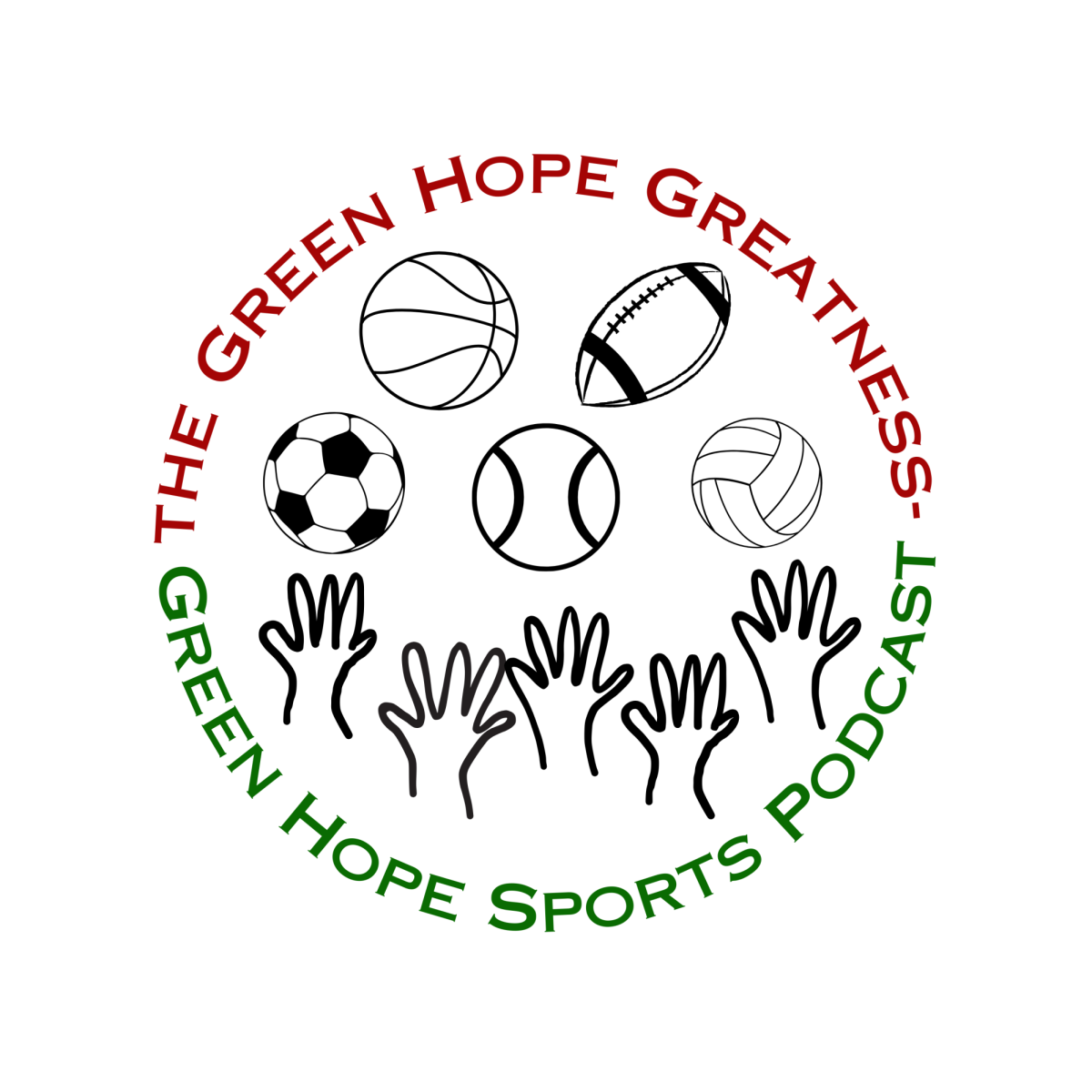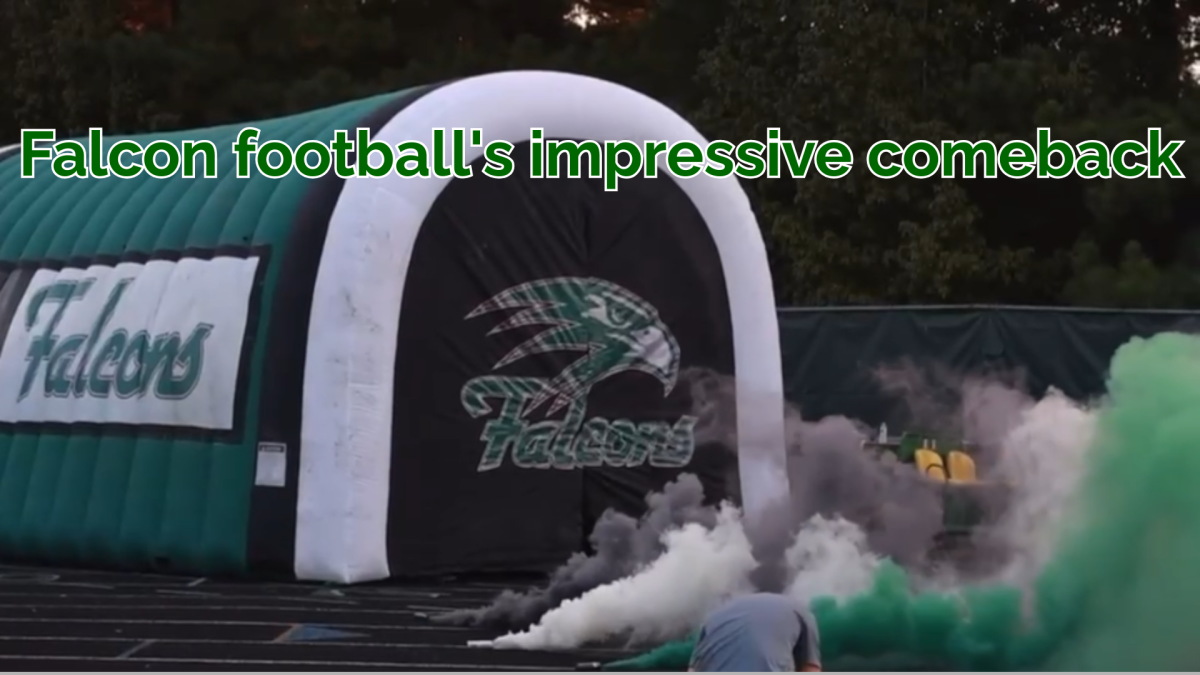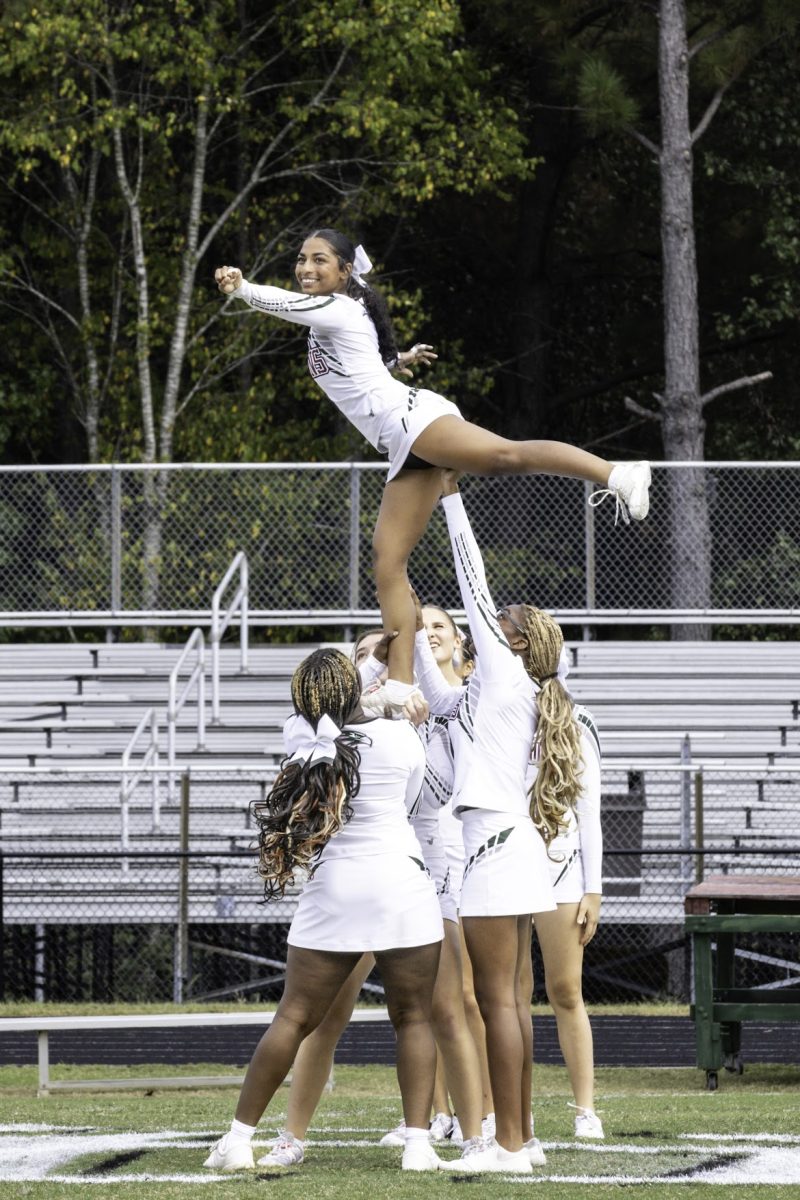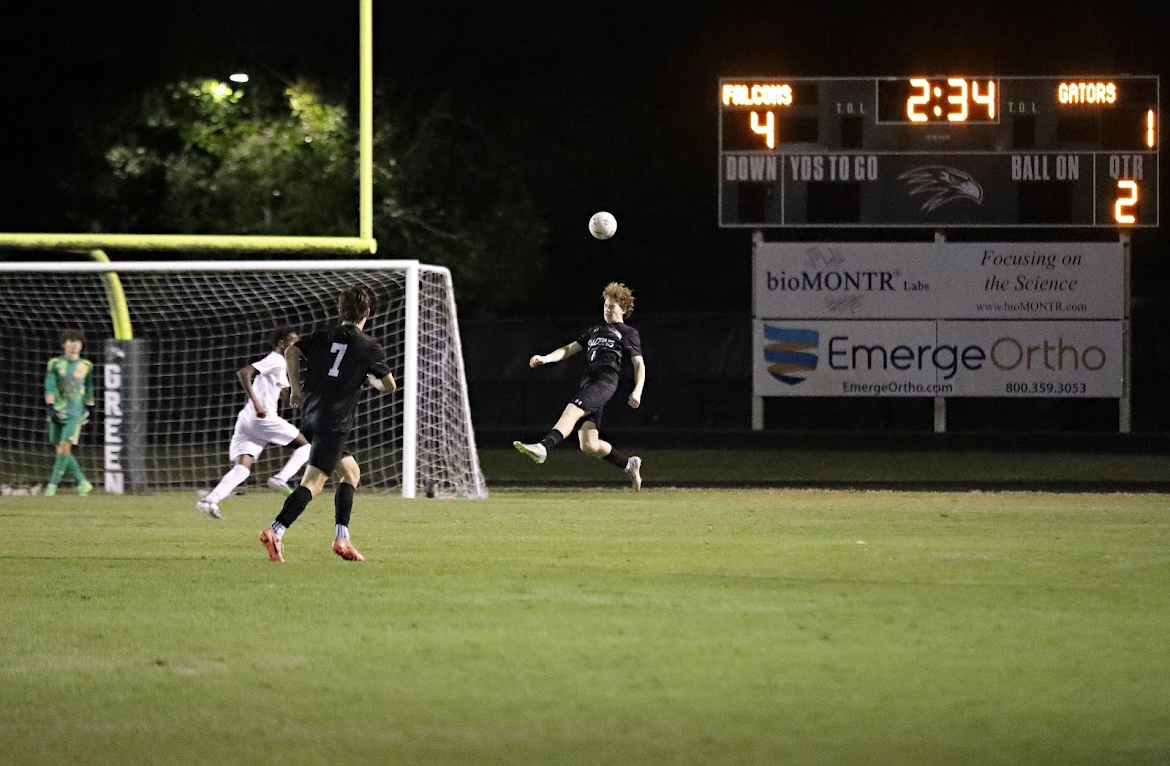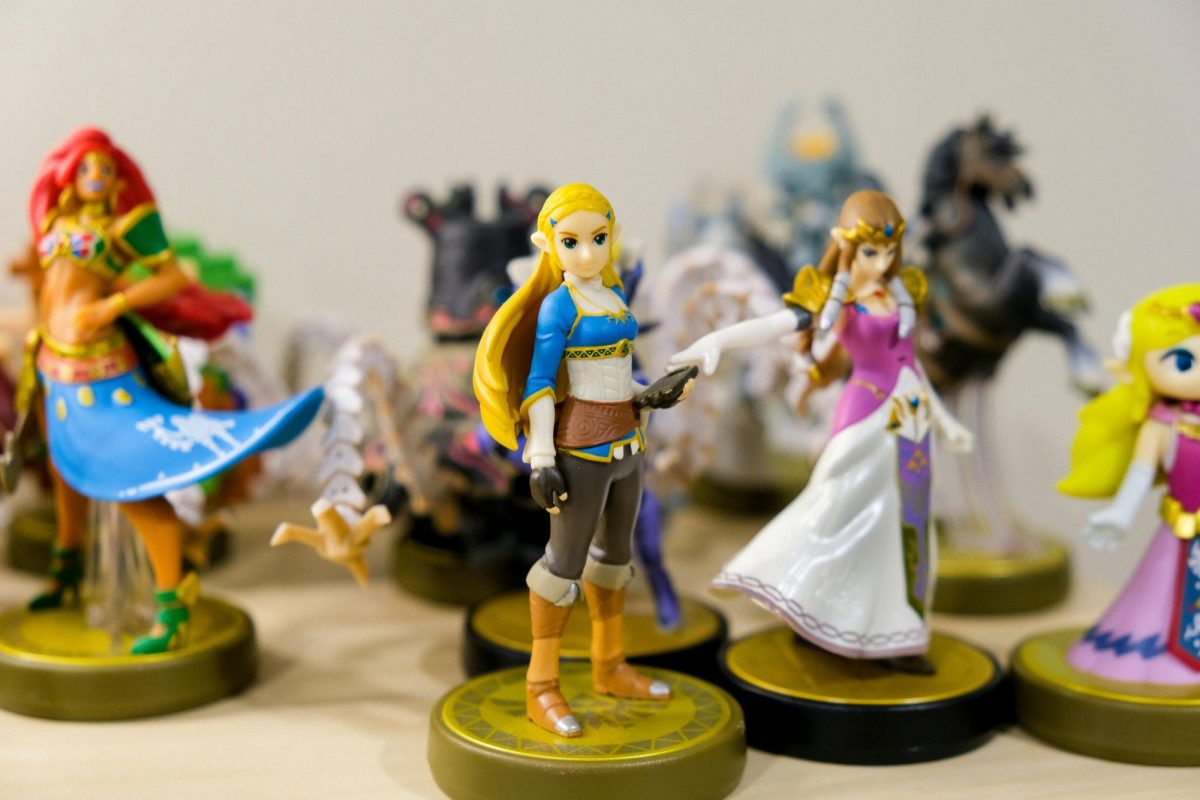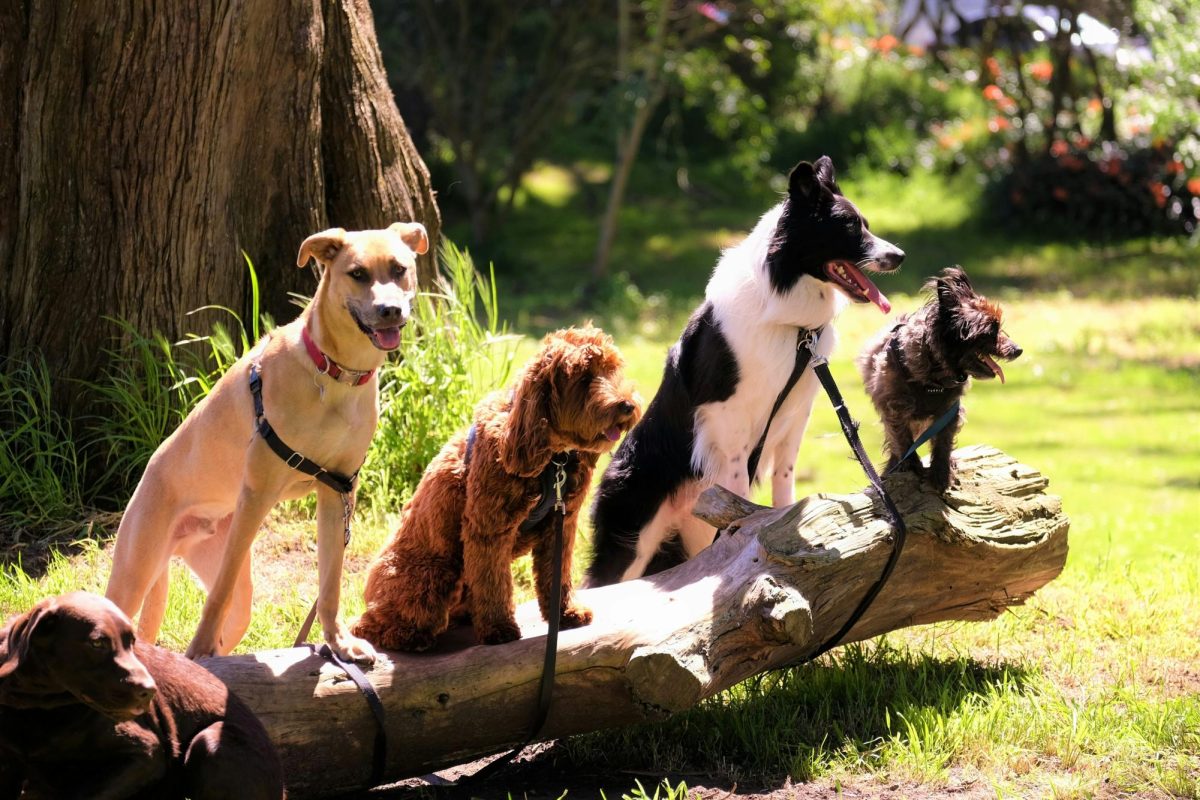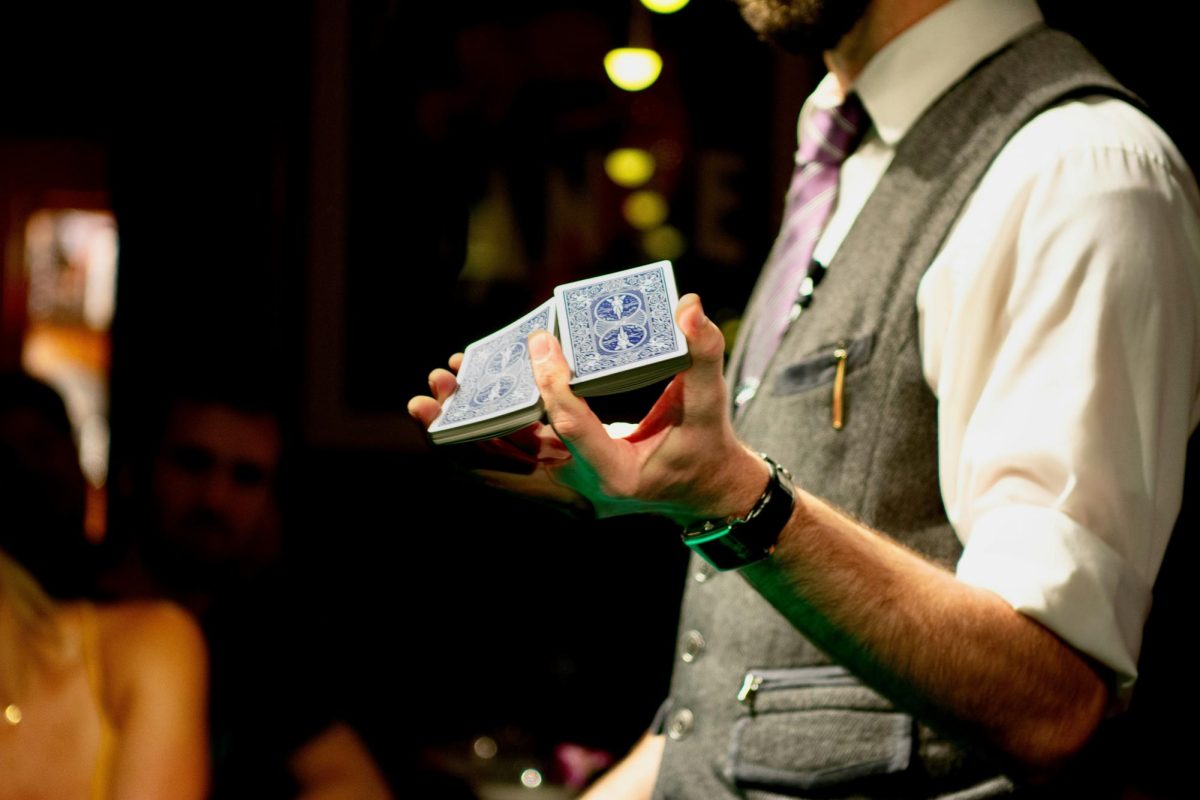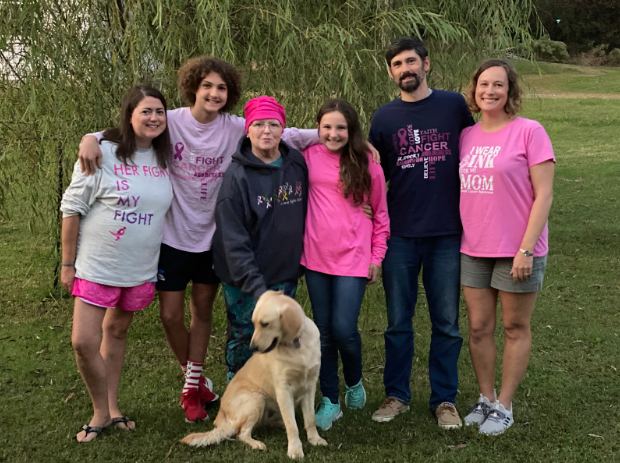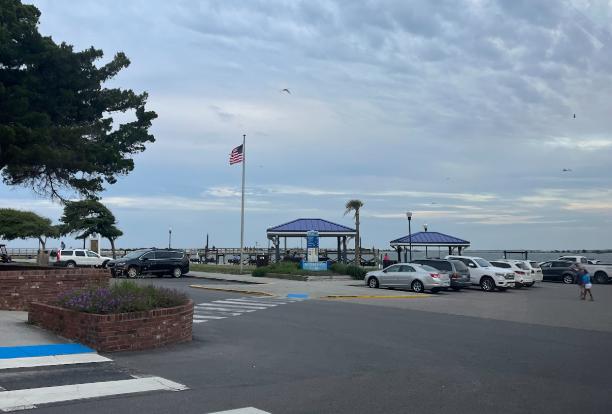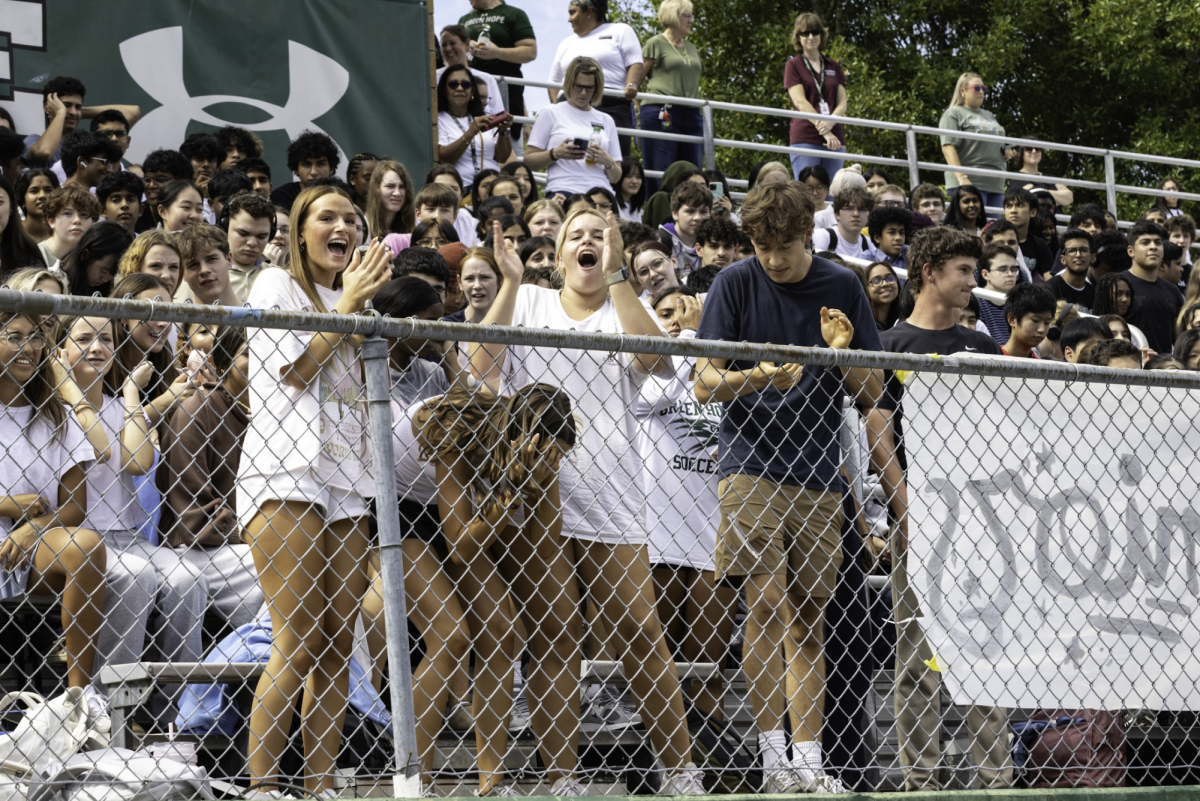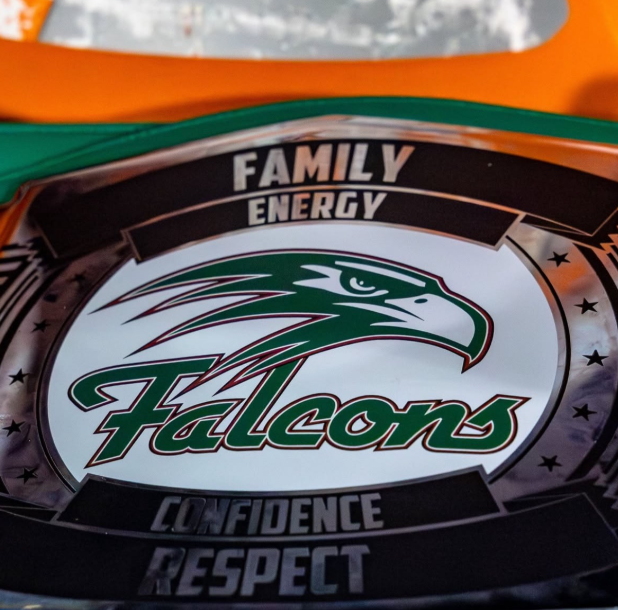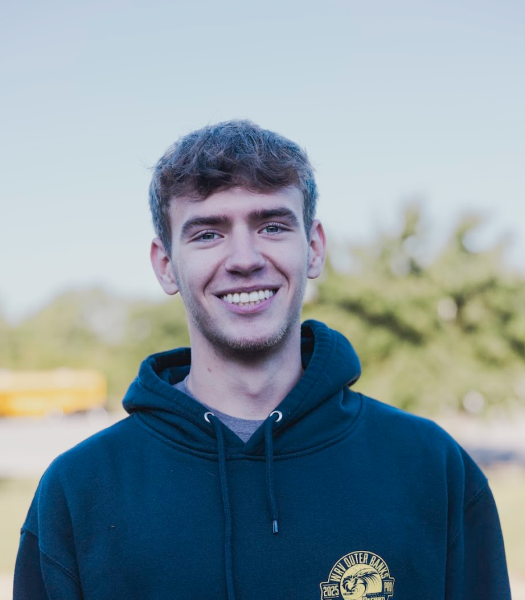In the 2025-26 school year, Green Hope is creating a brand new Asian American Studies class, catching the attention of interested students and some people beyond the high school classroom, such as Dr. Esther June Kim of William and Mary.
Having heard about the new class, she took the opportunity to discuss her own research on Asian American studies with interested Green Hope students, talking about her different styles of teaching the narratives of Asian American people. She explained a K-12 framework for studies that she shared with the students attending. While a basic structure has already been created, Mr. Richardson, teacher of this new Asian American Studies class, hopes to integrate some of these methods into his teaching.
Before discussing her teaching plan, Dr. Kim discussed some of her background in ethnic studies. She talked about her role at William and Mary, and stated, “I’m both at the school of education and I also teach the Asian Pacific Islander studies.” Following her introduction, Dr. Kim gave a quick background on why she decided to create a framework of Asian American studies. She discussed the reasoning behind the research that she and her colleagues had done, stating that the main reason was a realization they had: “There is a lot of anti-Asian violence, what can we think of to help through education?” They then developed a K-12 framework for teaching.
Dr. Kim split Asian American studies into three approaches, discussing different ways they could be taught. She began by discussing multicultural education, to which she stated: “This is what a lot of us experience. It’s a celebration of diversity, and then it just stays there. There’s no conversation about if it’s working.” She began with a method of teaching that seems relatively basic but allows for more teaching in allocated time.
Giving examples of narratives in history, Dr. Kim talked about Japanese American incarceration. “It’s a very standard lesson that we’ve learned in most schools. A multicultural education approach would discuss how they were interned, but were still able to do a ton. They made gardens in these camps, they formed baseball leagues and they were able thrive even in these terrible conditions.” She discussed how multicultural education was a method of celebrating resilient communities and their ability to endure given their circumstances.
Dr. Kim wrapped up her discussion of multicultural education by discussing both benefits and drawbacks of this method of teaching. She discussed the benefits of how, “You can take a more thematic approach,” but also followed with a downside: “It erases everything that happened previously to get there. The purpose of this immersion is to celebrate and contextualize what’s happening, but what actually ended up happening is just an erasure of anything of power or anything of oppression, completely decontextualizing it.”
Dr. Kim’s second approach, which she called Asian American histories or cultures, looked more closely at the relationship between Asian American and American narratives. She discussed how she developed this specific approach: “ I was reading articles about what the world histories looked like, and I noticed that Asian Americans don’t see ourselves in U.S. history, so I asked what we could do about it. That’s exactly what this approach is.” The Asian American histories or cultures style of teaching is a more in-depth model and representation.
Using her same example of Japanese American incarceration, she stated how it would be taught with this approach. She stated, “A teacher might include executive order 9066, showing what it was that FDR actually did and what the Japanese American people experienced. It would look at what the camps looked like. They were barren, they were isolated and it was not a good situation.” While her first method gave a more positive view on the situation, discussing advances and celebrating progress, this look gives a more realistic and in-depth look at the entire situation, including the many negatives.
While additional detail and a more in-depth look way seem the obvious choice, there are still some downsides in addition to the clear positives. Dr. Kim elaborated on both, and stated, “A benefit is that it’s a more accurate history. A drawback is that if you’re in a one-year course, the question is how do you have time to do all of this? A pitfall is that you might not actually be able to go very deeply into it.”
The final approach given by Dr. Kim was the most in-depth out of all three methods. Dubbed Asian American and Ethnic studies, she stated that it was more of a discussion of “why” something happened. She talked about how there would be analysis of photographs, literature and other media involving Asian Americans and their narratives. Dr. Kim related this method to some in-depth conversations held in other history classes, but specifically focused on material that may be looked at in the new Asian American Studies class.
Drawing back to Japanese American incarceration one last time, she discussed how students may look at censored photographs or other media: “We might talk about censored photos. Dorothea Lange took a lot of photographs, a lot of which were censored by the US government. If you look at a lot of the early children’s literature about Japanese American incarceration, none of the picture books have soldiers with guns.” She then talked about how there would be a following discussion of “why,” such as asking: Why was it censored? What happened there that necessitated this event? These discussions are the heart and soul of this teaching approach.
Dr. Kim wrapped up her discussion with the same ending question as the other approaches, asking what the benefits and drawbacks of this method were. For this method, she stated that, “This can kind of lump some stuff together, but is very good to reflect on what happened.” This method focuses on asking questions about certain events, both breaking them down into the individual parts or looking at the bigger picture.
With succinct and straightforward methods of teaching about Asian American history, Dr. Kim gave three methods that she developed to best teach this subject. Her experience in this subject and time at William and Mary gives her methods credibility and can be taken by teachers such as Mr. Richardson to help create a foundation for further research and learning in the future in all classes but more specifically, the new Asian American Studies class. Providing specific examples and an in-depth look at how to explore some of the prevalent topics, Dr. Kim established her approaches to teaching a class like this at a high school level and beyond.

